Imagine traveling to one of the world’s most remote places and walking among thousands of majestic King penguins with no fear of humans. Imagine retracing the footsteps of Sir Ernest Shackleton, famed British explorer of the Antarctic. Then, transport yourself back in time to envision what life was like for early 20th C. Norwegian whalers of the Southern Ocean. Welcome to South Georgia island!
South Georgia is a real jewel in the crown of polar travelers. Most people who visit South Georgia do so as part of an Antarctica expedition cruise, which may also include the Falklands. Located in icy cold Antarctic waters, South Georgia rewards intrepid travelers with its stark, rugged beauty and abundant, amazing wildlife like the magnificent King Penguins – its star attraction!
Accessible only by ship, South Georgia is an extremely remote destination. It is a long 2-3-day sail from the Antarctica Peninsula (which is already a 2-day journey from South America) over some potentially very rough seas. Tourist numbers to South Georgia are increasing but are still very small. In fact, the just-ended 2016/17 “summer season” (Dec.- March) brought just 9,000 visitors to the island (via 68 cruise ships).
- Map Credit: Vantage Travel / Showing the route of our cruise to Antarctica, South Georgia & the Falklands
- Credit: Vantage Travel / King Penguins at South Georgia / Click all photos to enlarge
I was thrilled to be one of those recent & fortunate few! In early March, I spent two captivating days in South Georgia as part of an 18-day Antarctic expedition cruise on Hurtigruten’s MS Fram. Before my trip, I had heard great things from travelers who had visited both Antarctica & South Georgia. They consistently raved about both destinations – with equally high praise!
You may ask what makes South Georgia so special? For starters, it is home to the largest King Penguin colonies in the world. St. Andrew’s Bay, which we visited, has around 200,000 breeding pairs! South Georgia was also center of the huge Southern Ocean whaling industry from 1904 to 1966 – and you can visit former whaling stations. Last but certainly not least, Shackleton has a deep legacy here.
About Sir Ernest Shackleton’s Famed Expedition
Sir Ernest Henry Shackleton (1874-1922) is the great British polar explorer who helped inspire our Antarctic voyage. His Trans-Antarctica Expedition (ultimately aborted) just marked its 100th anniversary in 2016! And his remarkable story remains a legend of leadership and heroism. I finished reading Endurance, the riveting book all about his journey, just before I left for Antarctica.
- Click all photos to enlarge / T-shirt with classic photo of launching the James Caird lifeboat from Elephant Island
Shackleton began the polar leg of his voyage right here on South Georgia in 1914. It is also where he returned in 1916 after the legendary 800-mile journey aboard the 23-foot lifeboat James Caird. That journey, which came after Shackleton’s ship Endurance was lost to the ice, is considered one of the most incredible excursions ever undertaken in a small ship. And he did all this without losing a single person of his 28-man crew! I was looking forward to learning more on my trip.
South Georgia’s Geography & Climate
South Georgia has a rugged grandeur, with steep jagged mountains and glaciers covering over half the island. The highest peak rises to just over 2,900 meters (9,600 feet). South Georgia & the South Sandwich Islands became a U.K. Overseas Territory in 1985. So, the island is administered by the United Kingdom.
- South Georgia & South Sandwich Islands stamp featuring the ice-trapped Endurance
- Credit: Zegrahm Expeditions / Map showing oceans around Antarctica / Southern Ocean inside
South Georgia lies south of the Antarctic Convergence, an ever-changing oceanographic boundary separating Antarctica from the rest of the world. These waters actually vary in salinity, density and temperature from waters north of the convergence. The island’s position in this Southern Ocean gives it a cold, almost Antarctic climate (often described as sub-antarctic). The weather can be harsh, cold, wet and windy. However, we MS Fram travelers were already prepared for Antarctica weather so it was no problem!
The Island’s Rich Wildlife
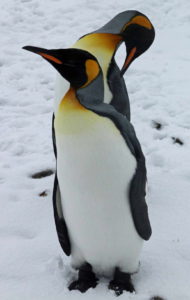
In addition, South Georgia has huge numbers of Macaroni penguins. We weren’t able to visit any of their colonies, but apparently the island has somewhere between 3-5 million breeding pairs! There is also rich bird life and large numbers of fur seals (over 3 million) and elephant seals. Yes, South Georgia is definitely a nature and wildlife lover’s dream!
My South Georgia Island Visit Begins
After experiencing fairly rough seas on our 3-day crossing from Deception Island (in the South Shetlands near the Antarctica Peninsula), my 230 shipmates & I were excited to finally arrive at South Georgia.
Here, just like in Antarctica, a ship’s final itinerary and planned landings are always at the mercy of the weather, wind and seas. Sometimes, high surf can prevent landings because passengers are shuttled from the ship to the beach via small zodiac boats and this would not be safe.
Luckily, we made all three of our scheduled landings (over the two days). We visited St. Andrew’s Bay, Grytviken and Stromness. (see map). However, our weather was less than optimal – overcast and windy, with frequent snow flurries – as you can see from my photos. After all, it was early March and we were nearing the end of the summer season. Still, it was fine for touring, just not for blue-skied photos.
Landing #1 at St. Andrew’s Bay – King Penguin Central
Our first landing on South Georgia was amazing! As mentioned, St. Andrews Bay is home to the island’s (and the world’s) largest King penguin colony where there are an estimated 200,000 breeding pairs. The Kings are spread out all along the bay’s 2-mile (3.2 km) gravel and black-sand beach area. King penguin colonies are occupied all year long.
- Credit: Esther Kokmeijer©
King penguins are the 2nd largest penguin species (standing a little under 3 feet tall) with Emperor penguins at #1. I love the King’s tall, erect stance and regal walk, plus the brilliant golden-yellow to orange plumage of their neck, side of the face, and beaks. They are truly magnificent creatures!
- Credit: Esther Kokmeijer©
Even though it was a snowy and windy day (at times with wild wind gusts), it was pure heaven walking among these beautiful Kings. The highlight was crossing two small streams (with expedition team member’s help!) and walking to the top of a high hill to look down with amazement on the vast King penguin rookery laid out below us. It was truly a sight I will never forget! It was definitely worth the long journey to get here.
- Classic photo op – proving I was really there!
- Closer view of the vast King penguin colony
We also saw a few birds among the many penguins, including skuas and petrels. Northern & Southern Giant Petrels have been called “vultures of the Antarctic” because of their habit of eating carrion (decaying flesh of dead animals). Related to gulls, Brown Skuas are predators feeding on small seabirds, dead seals and other carrion, plus they like to steal penguin eggs.
- Credit: Esther Kokmeijer© / Brown Skua
- Credit: Esther Kokmeijer© / Northern Giant Petrel
History of South Georgia’s Whaling & Sealing Industry
Because our next two visits – Grytviken & Stromness – were former whaling stations, I made sure to attend interesting shipboard lectures on the subject. The sealing era began in 1786, when “sealers” hunted fur seals (for their fine, dense fur) and elephant seals (to extract oil from the blubber). Within 40 years, fur seals had become nearly extinct on South Georgia.
Fast forward to 1904 to the start of the whaling industry. That’s the year Norwegian ship captain C.A. Larsen established a whaling station at Grytviken (photo below). Whales were very plentiful in the bay and around the island. At the height of the whaling industry, around 1,000 workers (mostly Norwegians) were employed on the six “shore stations” and ships operating at South Georgia.
Whale oil was used at that time for lighting, lubrication and tanning. Whale blubber, meat, bones and entrails were fed into huge pressure cookers and cooked to extract the oil. In later years, whale meat was frozen for human consumption. The last whaling station closed for good in 1965 after the whale population had been decimated. A total of 175,250 whales had been killed over those 60 years.
Visit #2 to Grytviken – Steeped in the History of Whaling & Sir Ernest Shackleton
Grytviken is a fascinating, must-see stop included on all South Georgia cruise itineraries. It was the island’s longest-running whaling station – and it’s the only station that has been restored. Thus, it is the one place where you can safely walk among its many old buildings, factory processing areas, and rusted-out whale oil holding tanks.
That’s because it underwent a massive cleanup in 2004-06, including removal of asbestos and repair of unsafe buildings and factory equipment. The South Georgia government continues to maintain Grytviken’s church, museum & other historic buildings in good repair. There is also a small research station at nearby King Edward Point, which is staffed year-round.
You can wander around Grytviken on your own – aided by the many descriptive plaques. In addition, museum staff offer a choice of interesting guided tours. I took the Shackleton tour (35 min.) & the Whaling Station tour (40 min). Unfortunately, the three wonderful hours spent in Grytviken passed way too quickly. There is a lot to see and photograph! The key sights are:
The Whaler’s Church
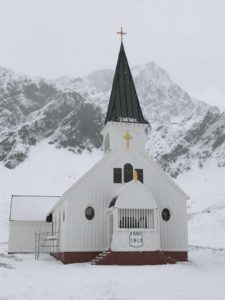
The church deteriorated over the years but luckily, it was restored in the latter 1990’s. Today, visitors are welcome to sit in the pews and go upstairs to ring the church’s two bells that can be heard all through town.
The South Georgia Museum
This wonderful museum, opened in 1992, is managed by the South Georgia Heritage Trust. It is housed in the former whaling station manager’s house called the “Villa.” The museum (which is open only during the summer season) is filled with interesting exhibits on the history of South Georgia’s whaling industry, Shackleton’s expeditions, and the island’s rich wildlife. There is a stuffed wandering albatross mounted overhead to give visitors an idea of the albatross’ huge wingspan.
- Credit: Esther Kokmeijer©
The museum gift shop sells a wide variety of souvenirs, clothing, jewelry, books and postcards. Unfortunately, I had very little time to explore the museum but it got rave reviews from my shipmates.
You can also buy South Georgia island stamps and drop your postcards and letters in the mailbox in front of the museum to send to friends and family back home. Definitely more exotic than a postcard from Europe!
The Whaler’s Cemetery
Every whaling station had a cemetery, primarily filled with the graves of Norwegian whalers killed in accidents at shore stations or onboard the ships. Grytviken’s cemetery has 64 graves. But it is the grave of Sir Ernest Shackleton (with a large granite headstone at the rear of the cemetery) that draws the large crowds. Do not miss this!
- Credit: Esther Kokmeijer© / Our ship’s captain saluting Sir Ernest Shackleton at his grave / (right) Nadia & I performing the Shackleton whiskey ritual
Be prepared to stand in line for your turn to pay respects to “The Boss” who was buried here after his death in 1922. The tradition is to bring some whiskey (preferably Irish whiskey) for a toast to Sir Ernest. First, take a swig of whiskey yourself and then pour the rest on Shackleton’s grave. After a few more photos, step aside for the next person. It’s a fun ritual!
James Caird/ the Petrel / Fur Seals
- Full size replica of the James Caird
- Cutout view of the James Caird lifeboat
To the side of the museum is a small white building which houses a full-size replica of the James Caird. This 23-foot lifeboat is what Shackleton and his men used for their grueling 800-mile journey from Elephant Island to South Georgia in search of rescue. It’s truly sobering to see the actual size up close. It makes one marvel at how 6 men could have lived on and battled the world’s fiercest seas for 17 days in something so small – and survived! The actual James Caird is exhibited in London.
- Grytviken’s old pier with our MS Fram ship in distance anchored near King Edward Point / (right) the Petrel
Grytviken also has three rusted whaling boats on the shore near the old pier, which adds to the town’s historical ambience. One is the oft-photographed Petrel, built in 1928. She was used for whaling until 1956, then converted for sealing. There are also lots of cute fur seals (mothers and frisky babies) running around near the beach and/or lounging in the protective shadows of the boats.
- Credit (both photos): Nadia Salameh
Visit #3 – Stromness – Fur Seals & the Waterfall
Stromness was the site of another whaling station – which was converted in 1931 to a ship repair yard. It closed in 1961 but the picturesque old buildings with rusting corrugated roofs remain as a haunting reminder of its illustrious past. Today, that entire area is strictly off limits to visitors because of safety concerns. But thanks to our zodiac drivers, we enjoyed some quick views from the water as they drove past on our way back to the ship.
Stromness is most famous as the finish of Sir Ernest Shackleton’s 1916 epic crossing of South Georgia’s treacherous and uncharted glacier-covered mountainous interior. After 36 grueling hours, Shackleton and 2 other men finally reached the whaling station at Stromness. It was the first civilization they had seen in 17 long months. The miraculous story had a happy ending – as they were eventually able to rescue all 22 men stranded back at Elephant Island. (Shackleton’s full story is at the bottom of the post).
- Credit: Esther Kokmeijer©
Our afternoon landing at Stromness took place on a rocky gravel beach (above), teeming with adorable, playful baby fur seals and the occasional Gentoo penguin (above, left). From here, we followed a path set up by the expedition team, passing through tussock-covered, hillocked (like little moguls!) marsh and grass lands. This interesting landscape was filled with many more fur seals lounging around and a cute trio of King penguins who seemed happy to pose for the cameras.
- Credit: Esther Kokmeijer©
You can walk all the way up the long, flat “Shackleton Valley” to see exactly where Shackleton & his 2 companions came down the mountain (via the famed waterfall) and walked into Stromness. Due to lack of time, I only went half way up the valley but a few friends made it all the way to the waterfall. It was very cool to think that we were literally walking in Shackleton’s footsteps. It’s about a 4km (2.4 mile) roundtrip walk from the beach.
- Credit: Esther Kokmeijer© / The Shackleton waterfall
Stromness was filled with adult and juvenile fur seals when we were there. I learned that fur seal cows give birth in late Nov. to early January and suckle their pups for 4 months. Seal pups then depart for sea in March and April. Apparently, we were in South Georgia at a good time (early March) so we enjoyed watching the fun-loving, soon-to-be-launched seal pups playing on the beach and shoreline waters.
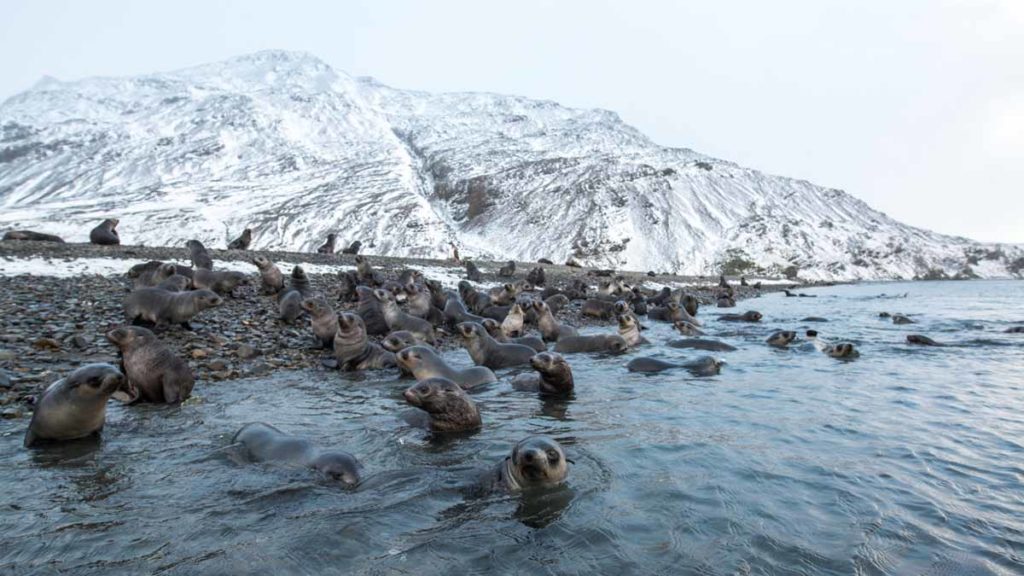
Credit: Esther Kokmeijer© / Young fur seals on the Stromness beach / Check out my video below of these playful seals swimming and diving!
South Georgia also boasts a large population of Elephant Seals. Apparently, they are a common sight on beaches (like St. Andrews Bay) throughout the austral summer. Sadly, we saw very few of them so the elephant seal pups must have already been weaned, moulted and headed out to sea. (Below are a couple photos of what must be either females or young elephant seals since they don’t have the elephant-like wrinkled nose of the huge, adult males/bulls I’ve seen in photos.)
- Elephant seal is the huge seal in middle of photo
- Photo: Nadia Salameh
My Thoughts About Adding South Georgia to Your Antarctica Trip
I hope I have given you a good taste of the wonderful sights and experiences that await you at South Georgia should you choose to visit one day. If so, definitely seek out an Antarctica expedition cruise that also includes a visit to South Georgia (and possibly the Falklands) like mine did. Many operators offer a limited number of these type of combo trips in addition to their regular offerings of Antarctica-only cruises.
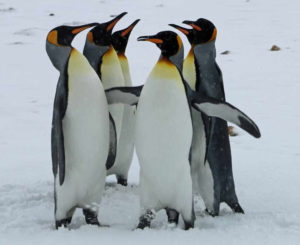
South Georgia may not be for everyone, especially those who easily get seasick and the thought of that many more days at sea would be nothing short of torture. But for others with a spirit of adventure and who are willing and able to add more days (which comes with a higher price tag) to their Antarctica trip, South Georgia would be great option.
Check out my Other Antarctica Trip Blog Posts:
- Falling In Love With Antarctica – Highlights of My Recent Polar Expedition
- Traveling to Antarctica: 10 Things That May Surprise You (Pleasantly!)
Comments: Have you visited South Georgia? What did you think? If not, would you like to visit South Georgia one day?
If You Want More of Shackleton: Here’s a Detailed Summary of His Famous “Endurance” Expedition
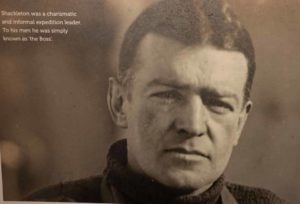
Shackleton’s 28-man crew arrived on the ship Endurance at Grytviken in South Georgia in November 1914, where they spent a month in final preparation. From the whalers, Shackleton learned that it was a bad ice year in the Weddell Sea. Endurance eventually set sail from Grytviken on Dec. 5th and headed into the Weddell Sea.
The Endurance became trapped in ice on Jan. 18, 1915 – almost in sight of her destination (Vahsel Bay). The ship drifted in the pack ice for almost 9 months. The crew finally had to abandon ship on Oct. 27th (as she was being fatally crushed). The Endurance sank almost a month later, on Nov. 21st, 1915. The men continued to drift on the ice for another 4 ½ months.
- Photo by ship photographer Frank Hurley of the Endurance trapped in ice / right – photo of Shackleton and his men posing on the ice next to the stranded ship
Arrival at Elephant Island
On April 9, 1916, they were finally able to launch their 3 lifeboats in open water in search of land. After 7 dreadful days of rowing on the open sea, they arrived at Elephant Island (in the South Shetland Islands) on April 15th.
Elephant Island was an inhospitable place, and far from any passing ship lanes. Since there was no hope of rescue, Shackleton knew that he had to go for help or they would all certainly perish. Nine days later (on April 24th), Shackleton and 5 carefully chosen members of his crew set out for South Georgia in the James Caird, the largest of Endurance’s lifeboats.
The 800-mile Journey on the James Caird
They would need to sail 800 miles (1300km) across the stormiest water in the world on a lifeboat that was only 23-feet-long (6.9 meters). It seemed like a suicide mission! It turned out to be a harrowing 17-day journey, complete with gale force winds and high seas at times, but they made it. This legendary voyage is considered one of the most remarkable excursions ever undertaken in a small ship.
- Credit: The James Caird Society / Launching of the James Caird lifeboat from Elephant Island
- Model of the James Caird – at the excellent museum in Stanley, capital of the Falkland Islands
They finally arrived at South Georgia, landing at Cave Cove on May 10th, 1916. It had been 522 days since they first left South Georgia. After resting for 5 days, they moved to Peggotty Bluff at the head of King Haakon Bay where they lived under the upturned James Caird. Unfortunately, they had landed on the south side of the island and the whaling stations were on other side – so they were not yet safe.
Shackleton’s South Georgia Island Overland Trek
The only option was to make an overland trek across the mountainous interior of the island to reach Stromness. However, the interior had not ever been surveyed so they would have to guess their route. Before dawn on May 19th during a period of settled weather, Shackleton set out with two of his men – Frank Worsley & Tom Crean – while the other 3 men stayed behind in King Haakon Bay.
Wearing threadbare clothing, the three men trudged nearly 30 miles over rugged mountain peaks and ice crevasses. After a grueling 36 hours of non-stop effort and several dispiriting detours, they were near Stromness. But impassable ice cliffs forced them to lower themselves down an icy 9-meter (29.5 ft) waterfall – which is the famed one we saw on our visit! Exhausted but exultant, they made their way to safety and comfort at the Stromness whaling station on May 20, 1916.
The next day, a whalecatcher boat from Stromness rescued the three men at King Haakon Bay and brought back the James Caird. Shackleton could not rest for long because he was desperate to rescue the remaining 22 men marooned on Elephant Island.
It took 4 attempts (being thwarted by ice on the first 3) before Shackleton was finally able to reach his men. It was August 30th when his 22 men were rescued, after spending 135 days (4 ½ months) on Elephant Island. Through Shackleton’s outstanding courage and leadership, every single man of the Endurance crew survived!
Final Chapter of the Shackleton Story
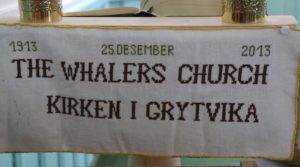
Great Resources – To Learn More About Shackleton’s Journey:
- Read the riveting book entitled “Endurance: Shackleton’s Incredible Voyage” by Alfred Lansing
- Here’s a good website from the James Caird Society
- Here’s a good article from Cool Antarctica
- Watch an incredible 3-part PBS series entitled “Chasing Shackleton” (info below)
The PBS series (available online) follows a modern expedition that re-creates Sir Ernest Shackleton’s epic sea-and-land journey from Elephant Island to South Georgia in a fully accurate replica of the James Caird lifeboat, followed by the grueling overland trek to Stromness. The 6 intrepid, modern explorers wore the same type of clothing, used the same tools (no GPS, only a sextant), and ate the same food as Shackleton and his men did 100 years prior. The voyage was filmed in early 2013 and premiered in January 2014. I just watched it & it is fascinating viewing!

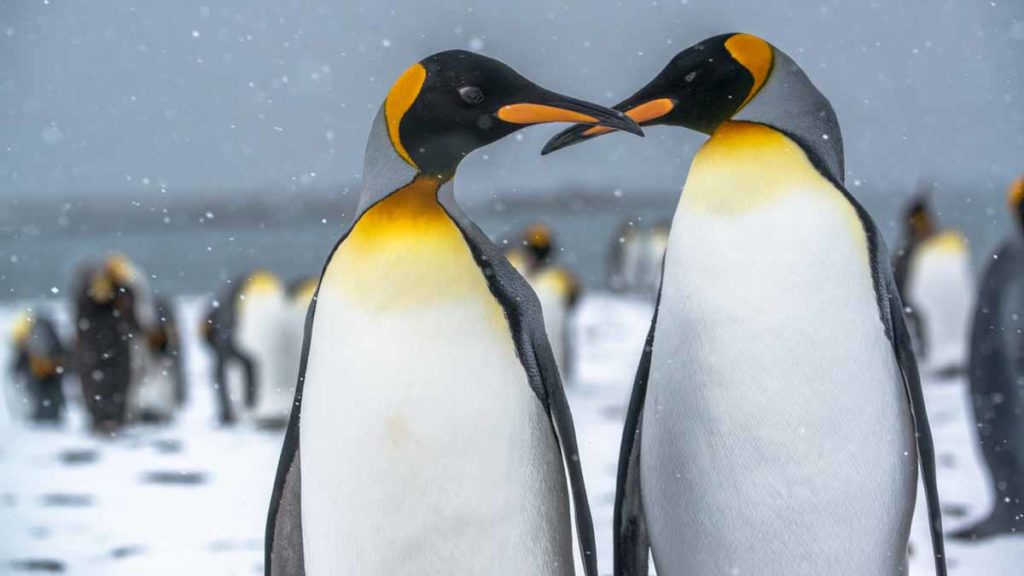
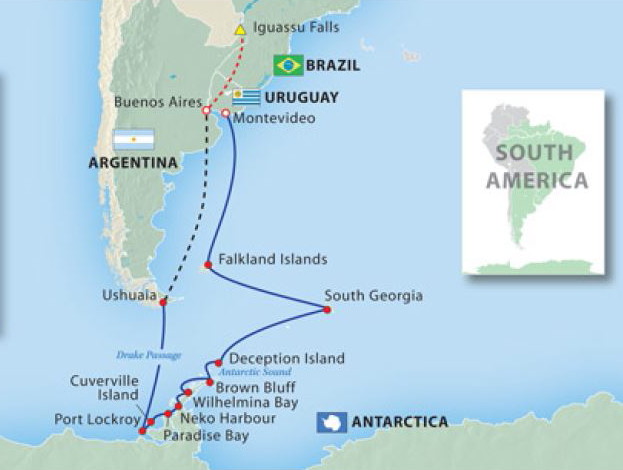
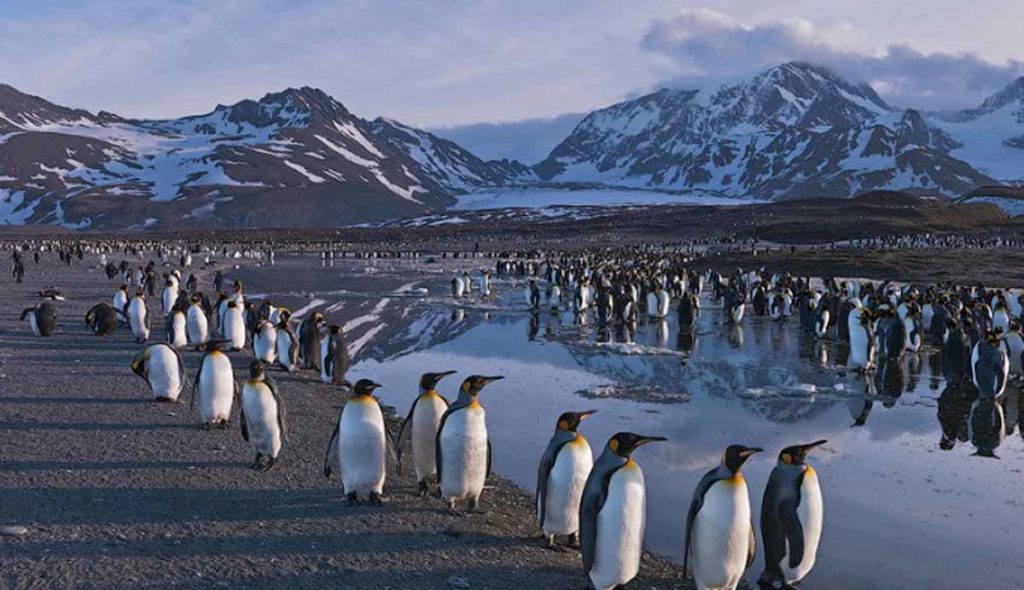
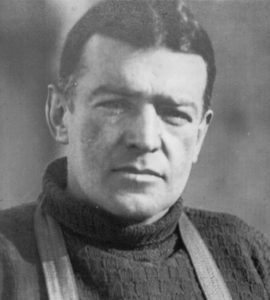
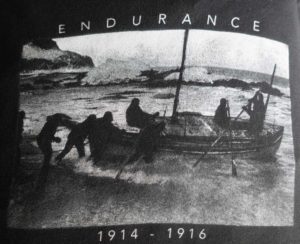
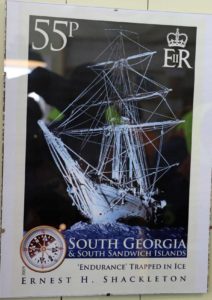
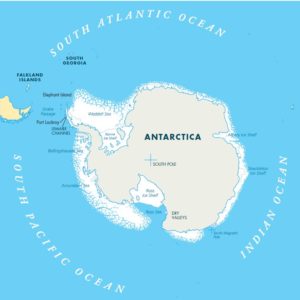
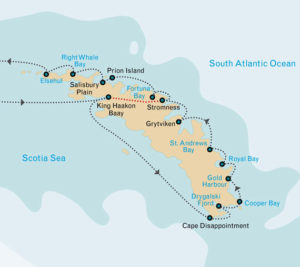
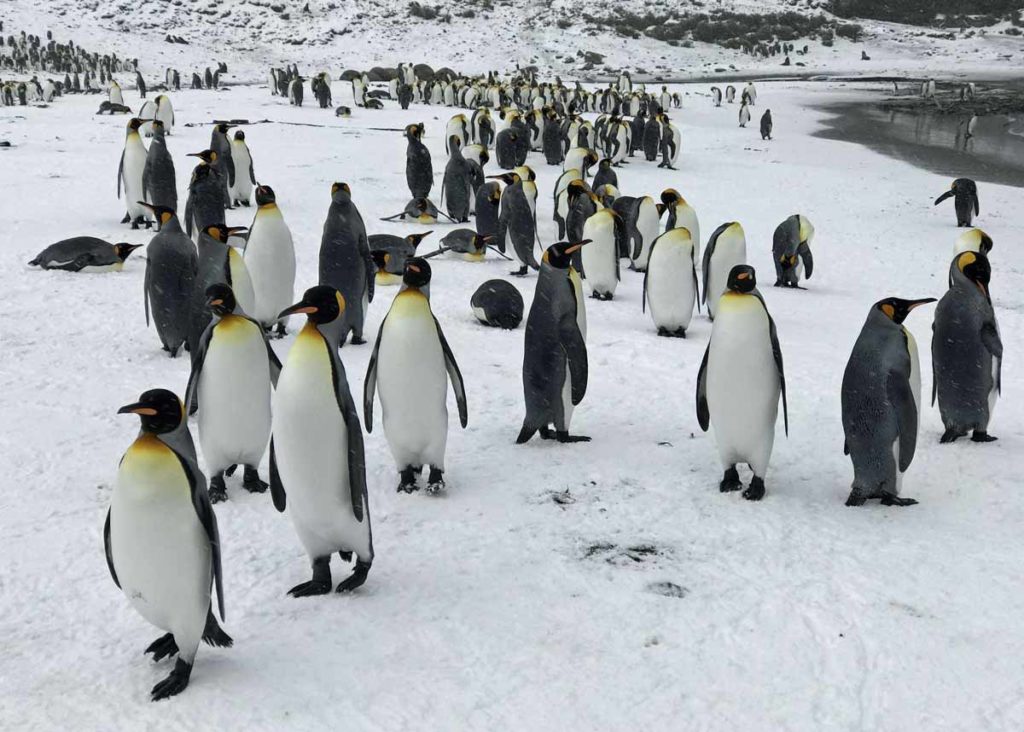
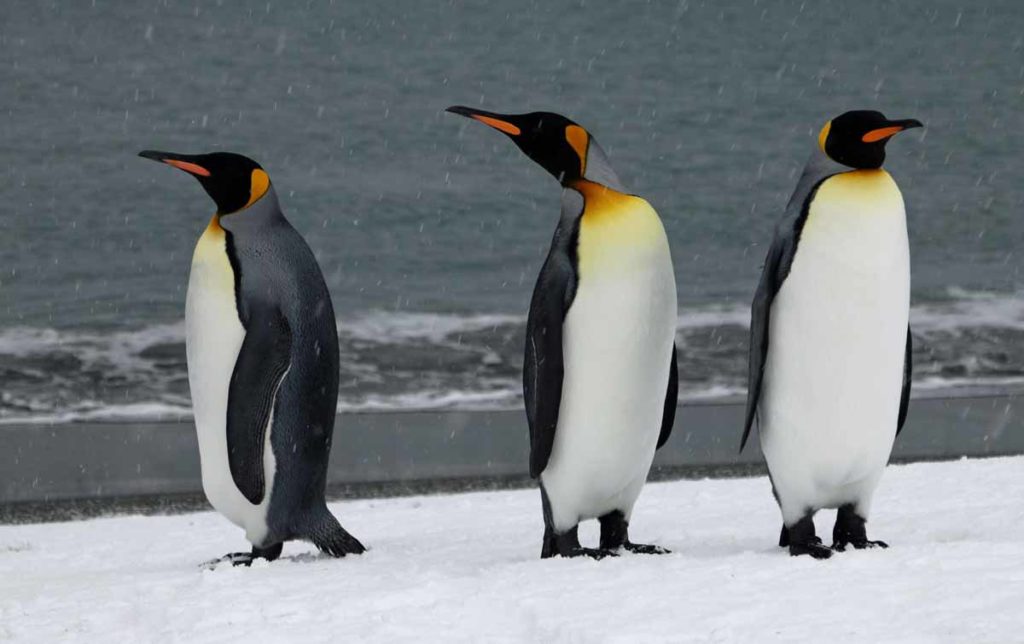
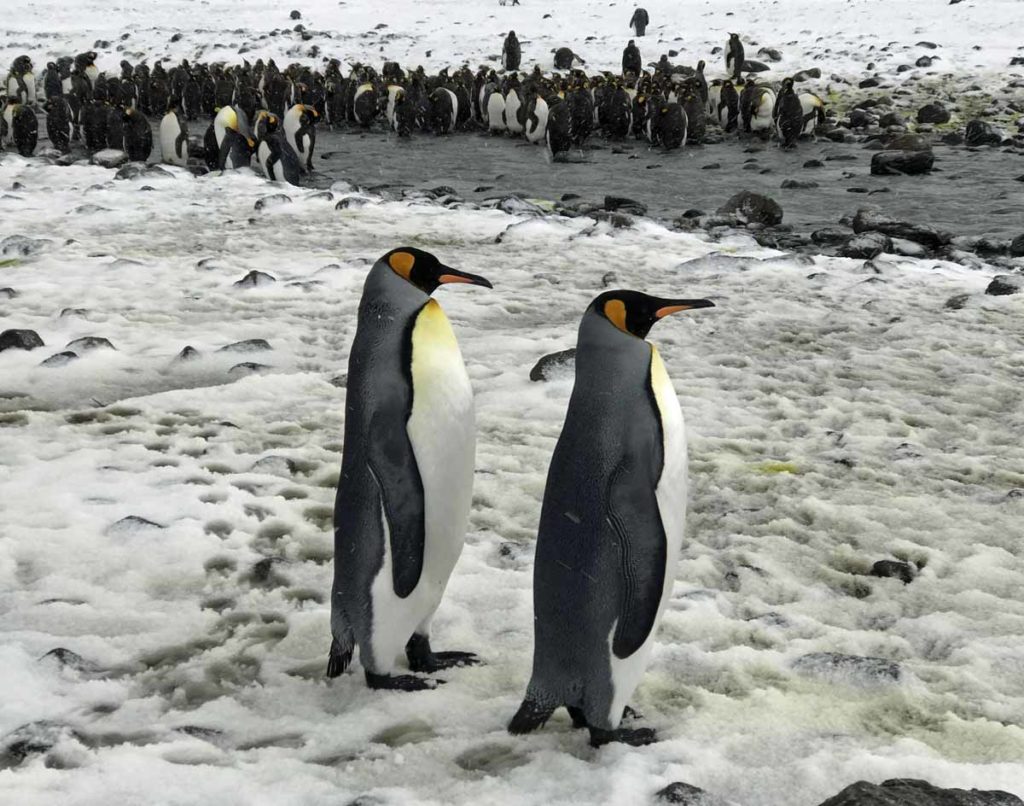
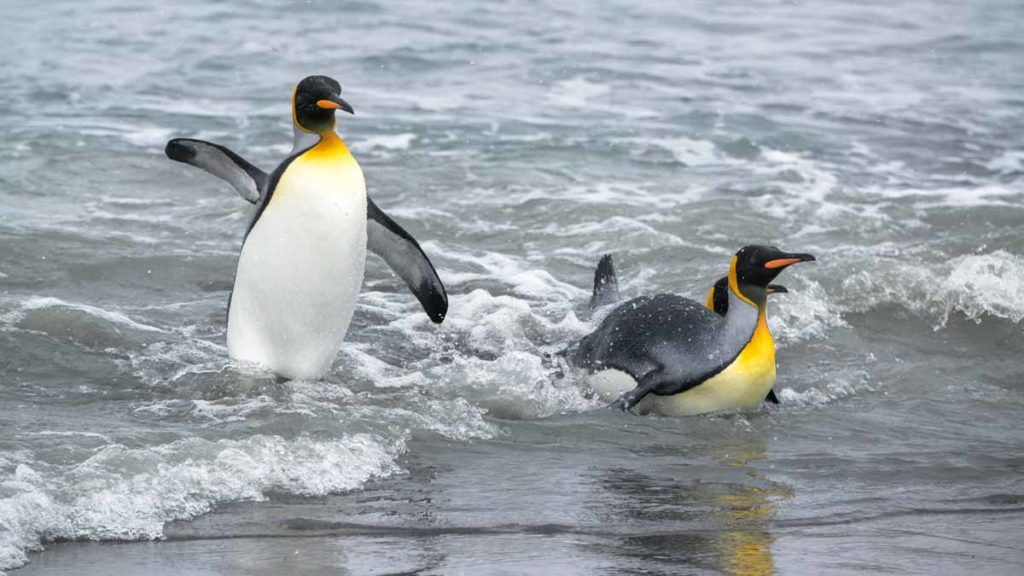
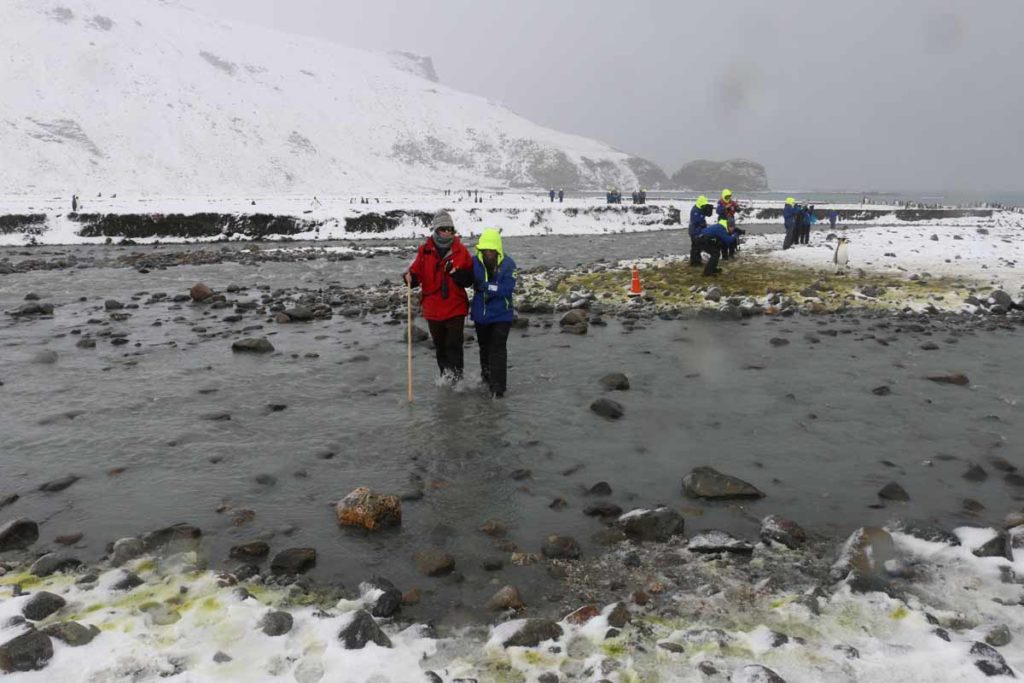
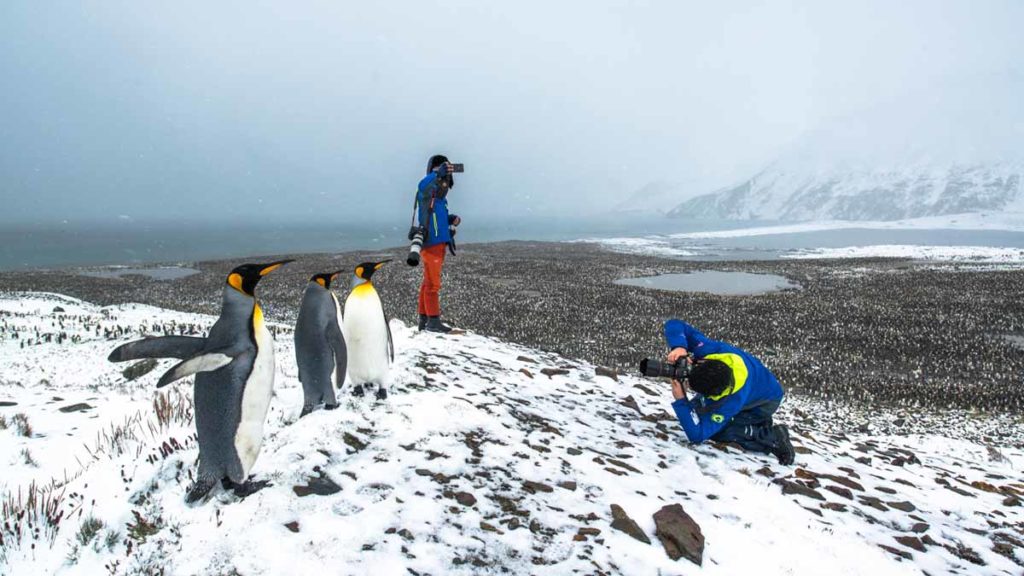
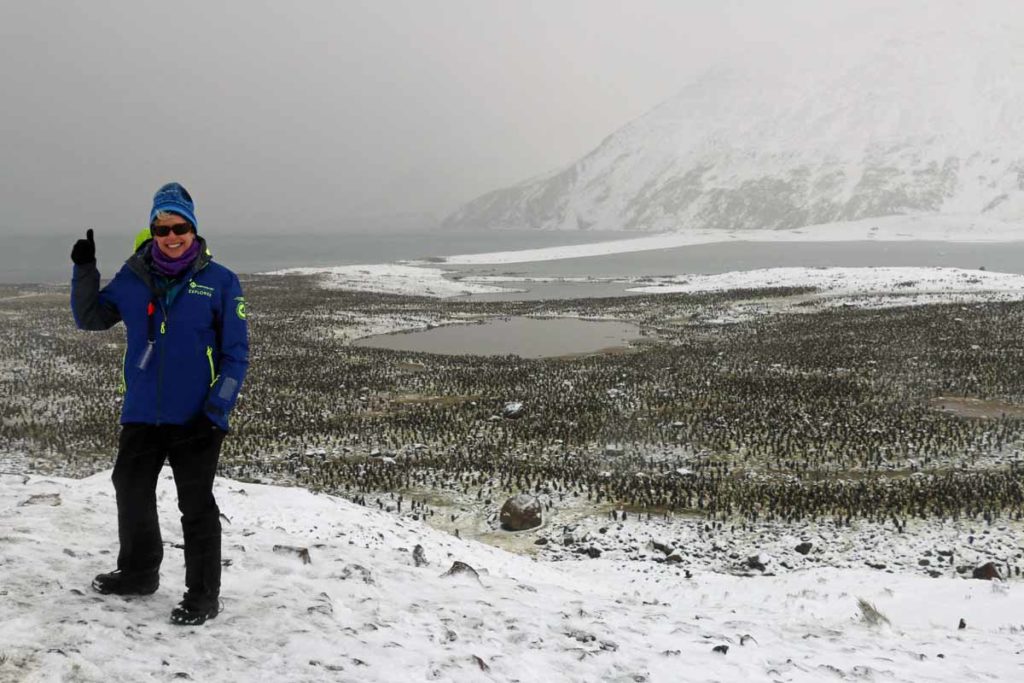
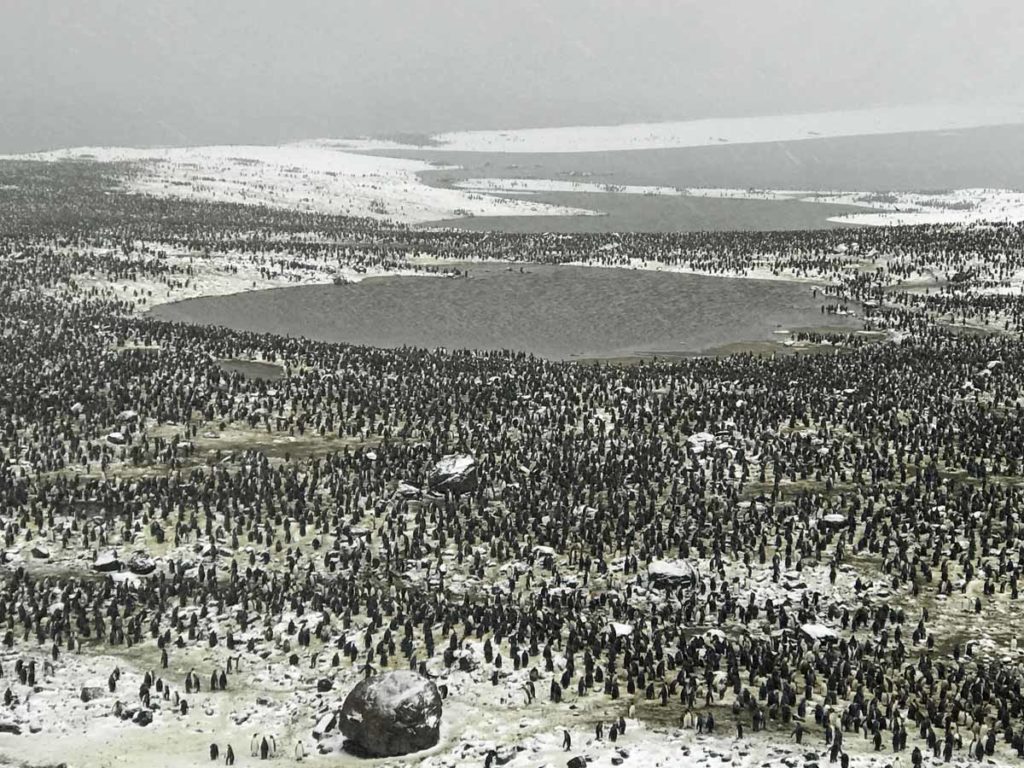
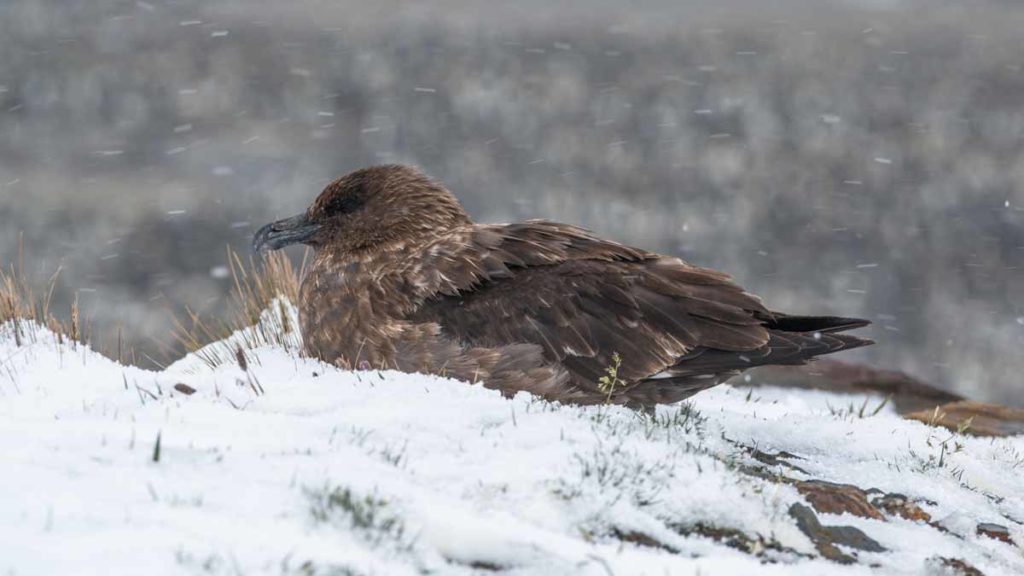
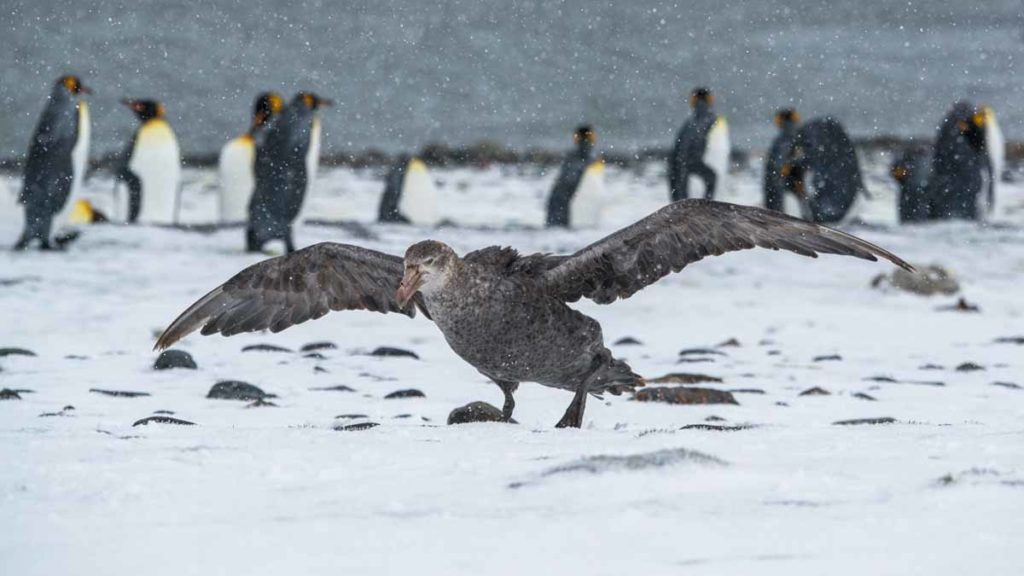
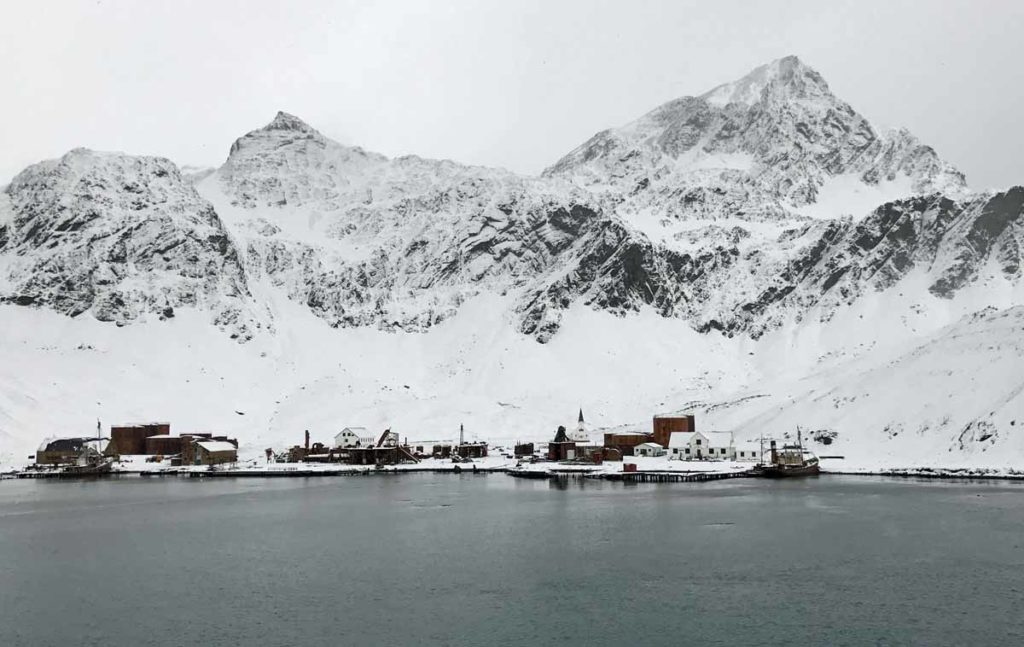
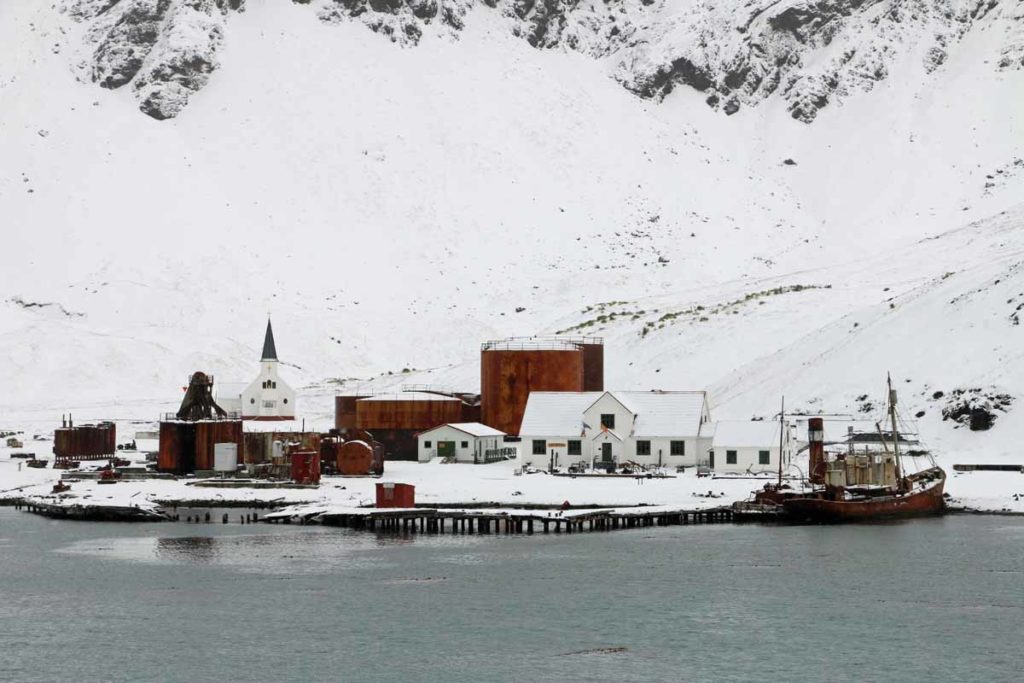
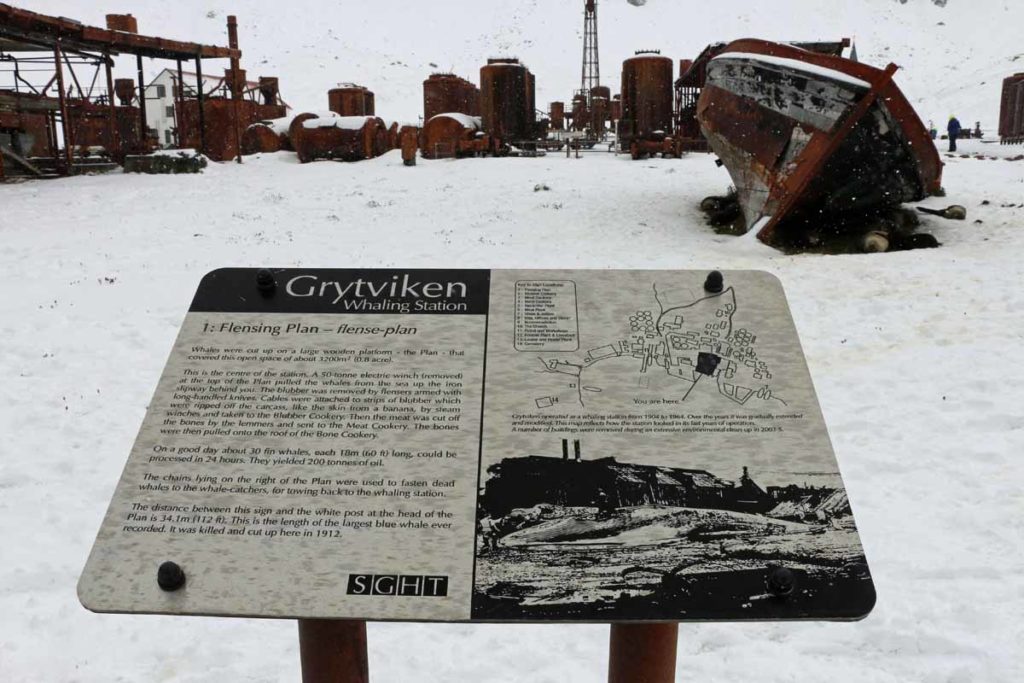
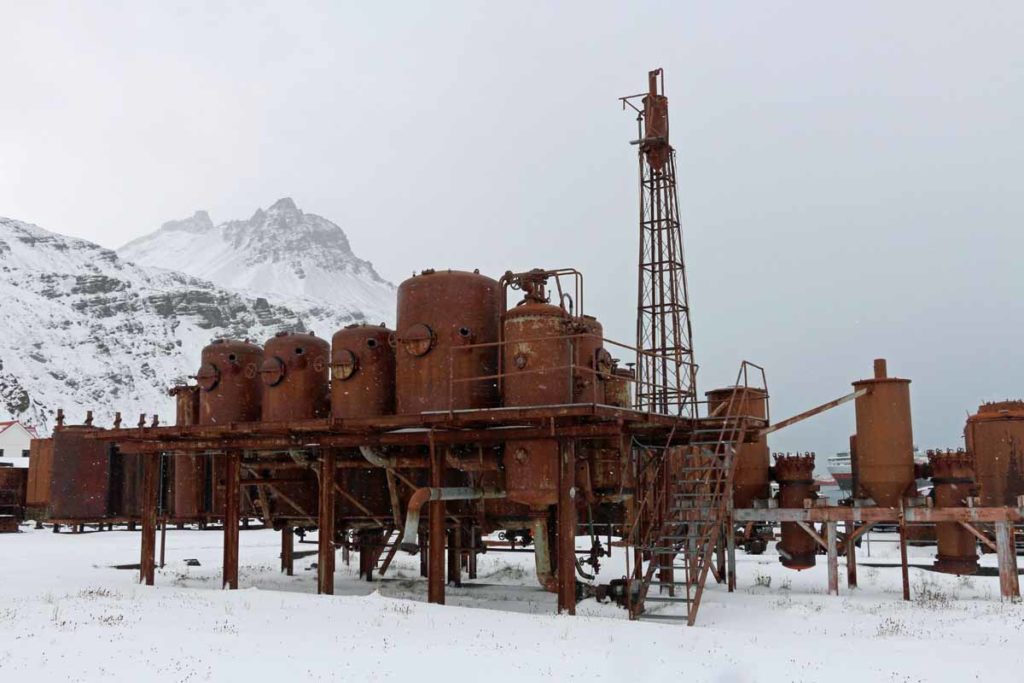
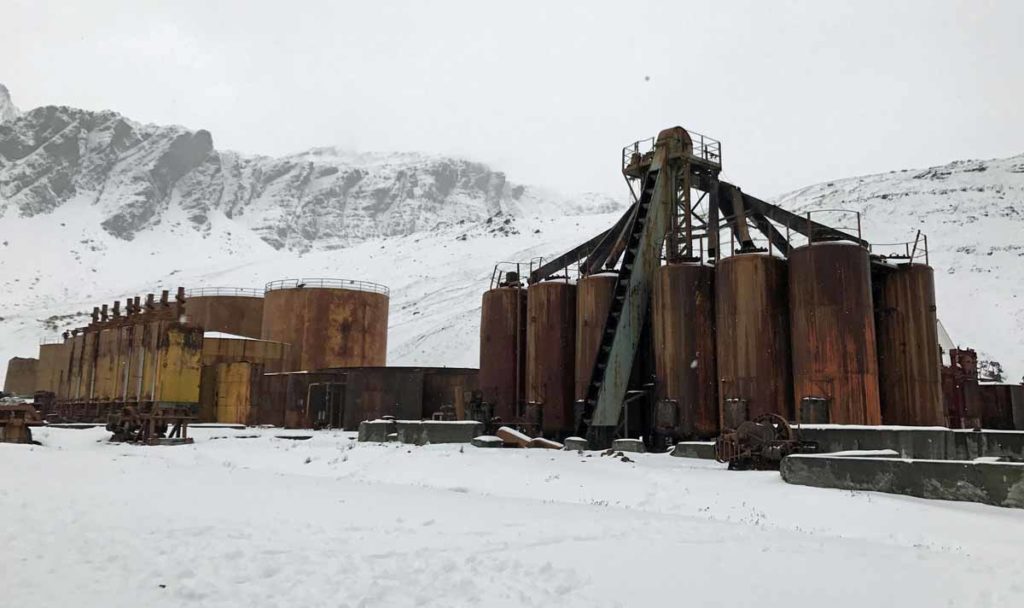
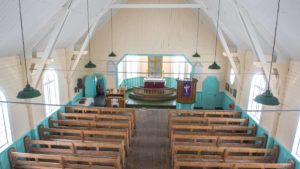
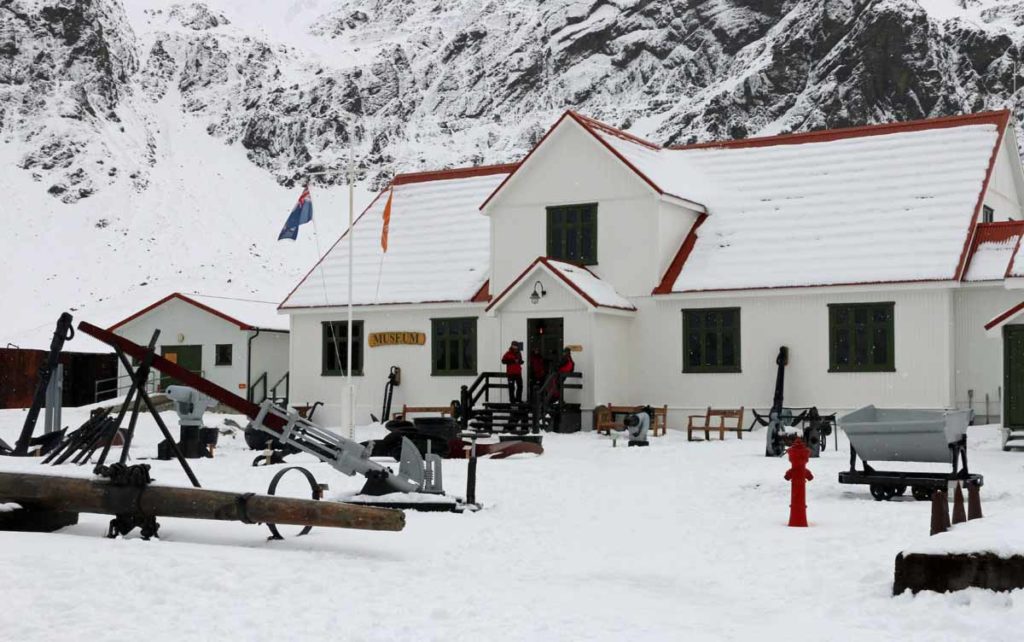
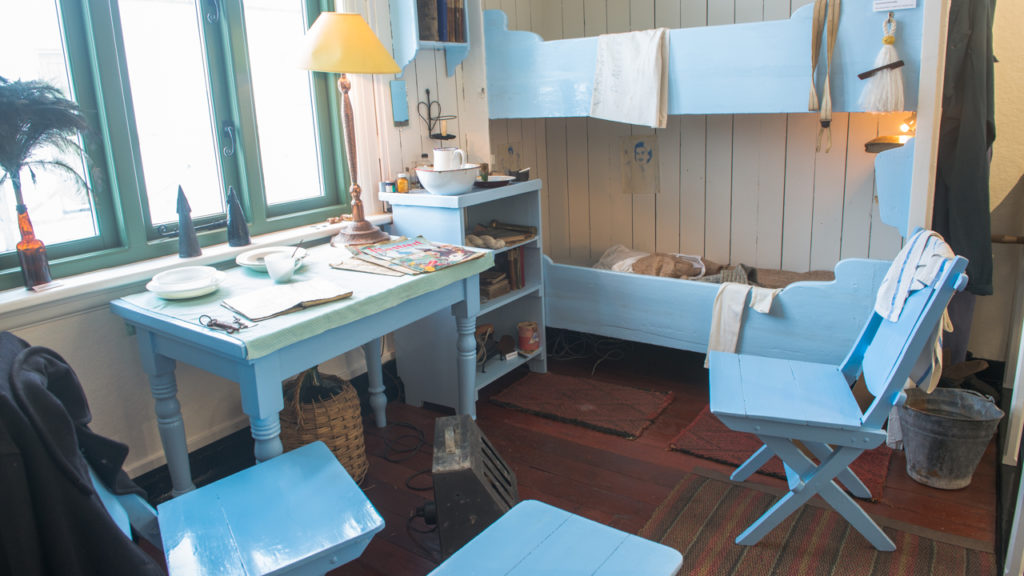
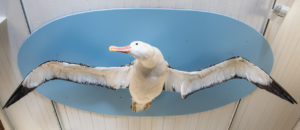
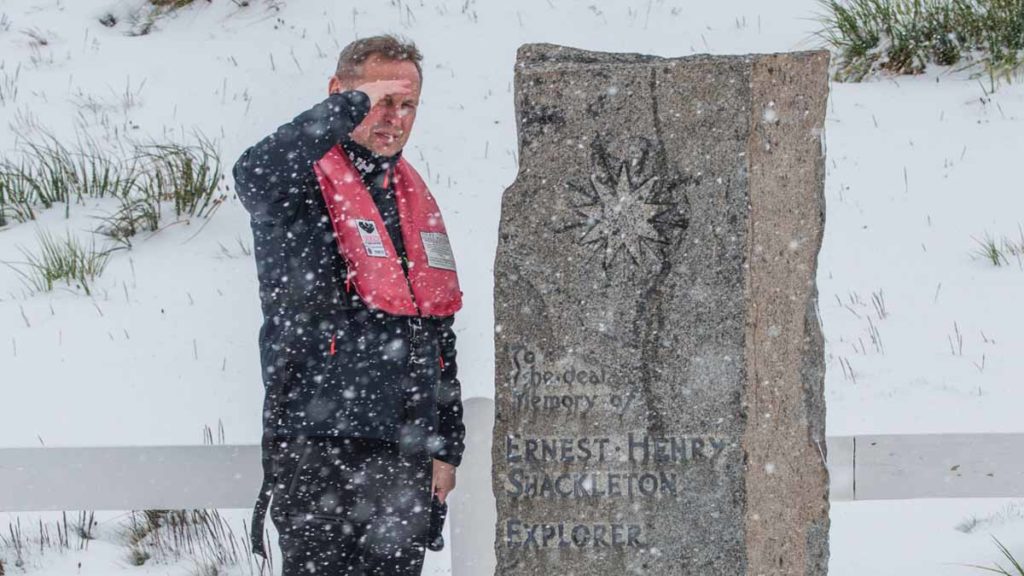
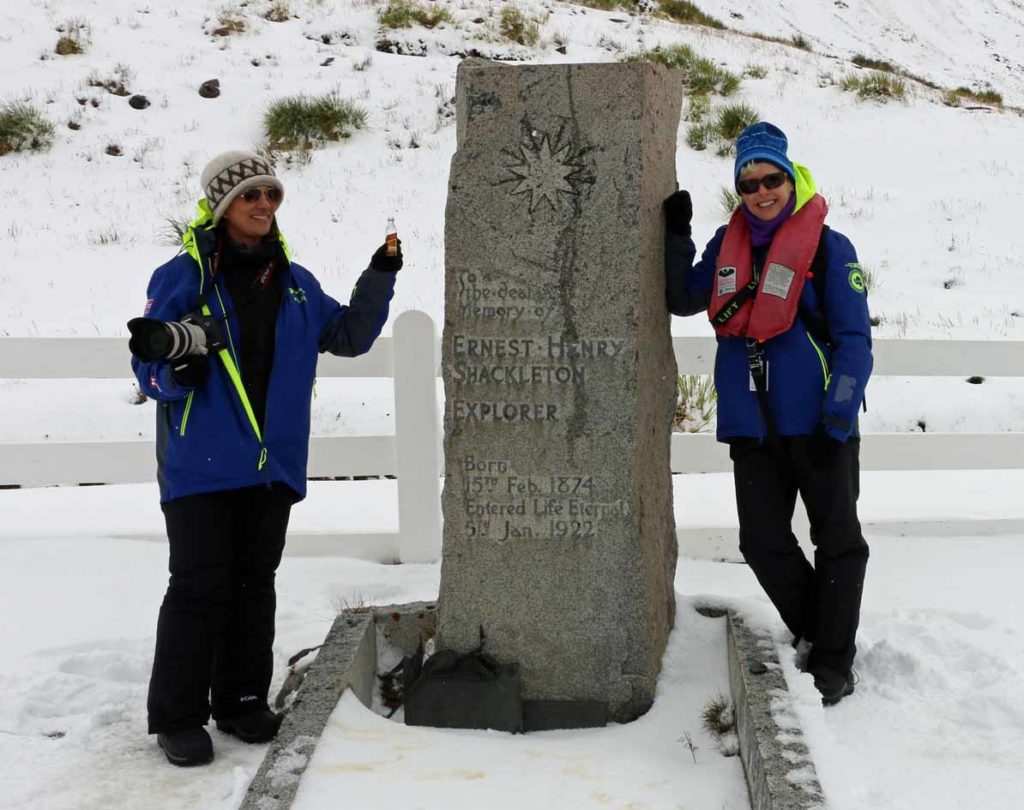
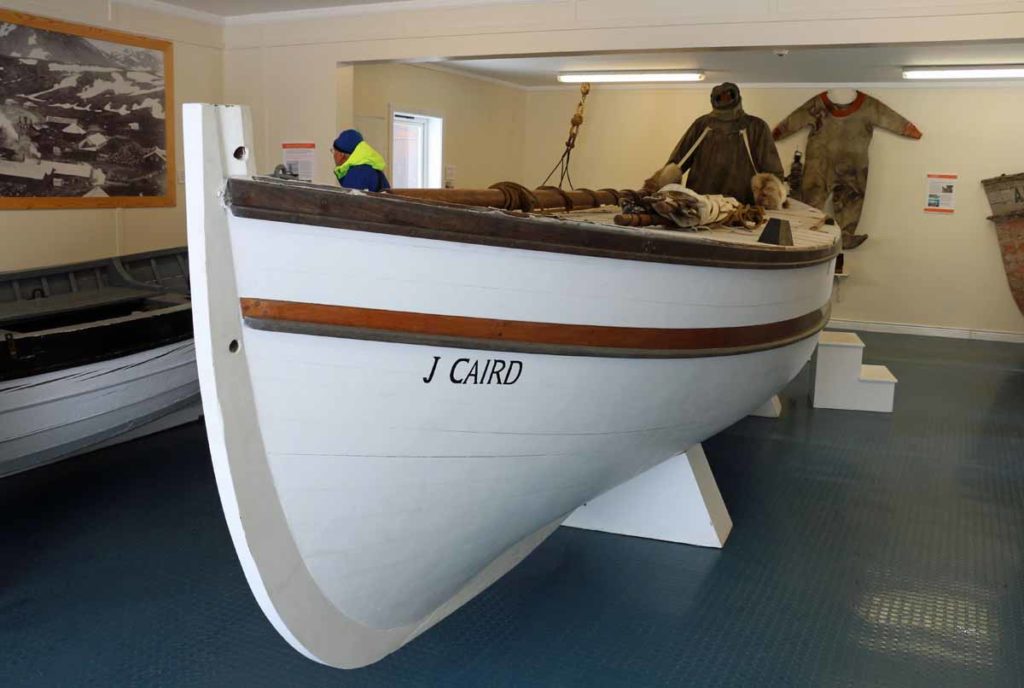
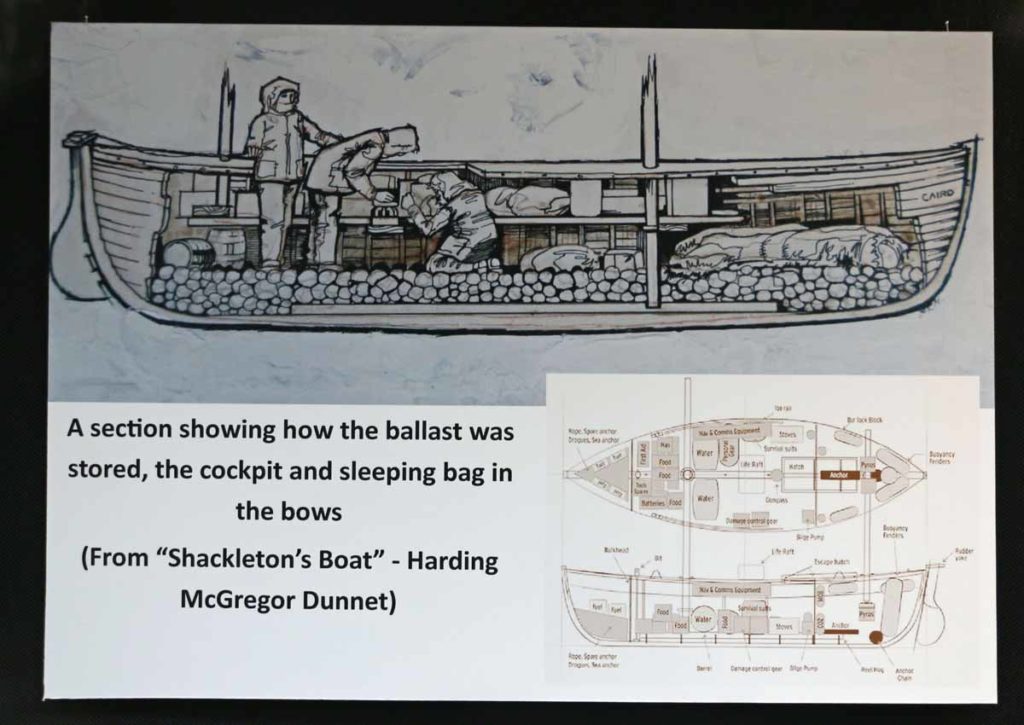
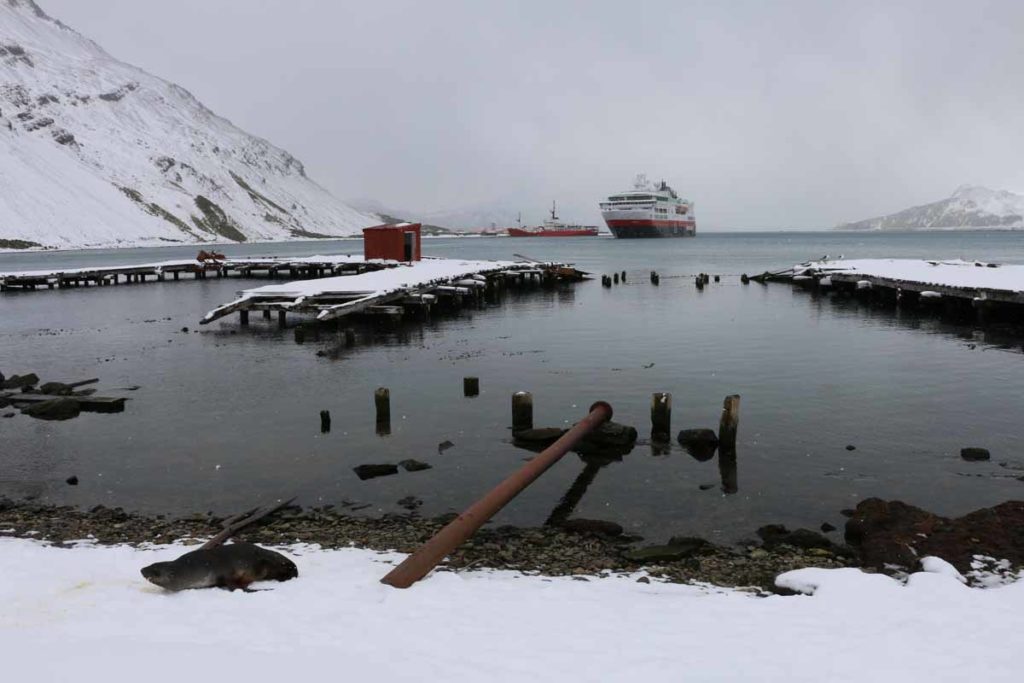
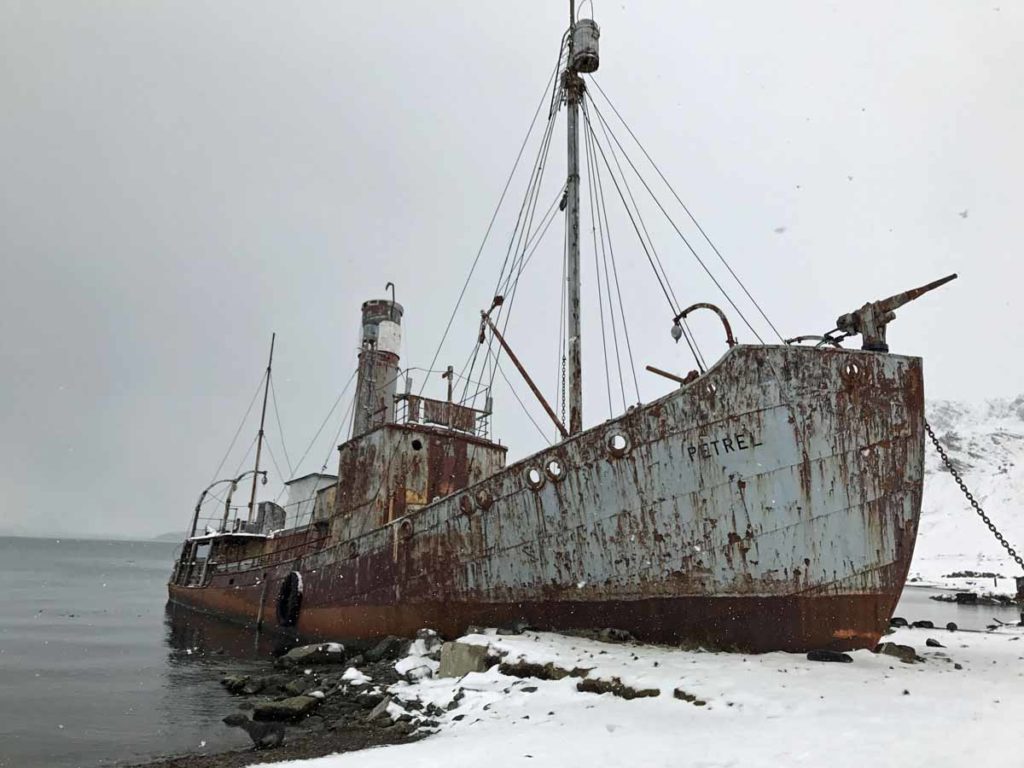
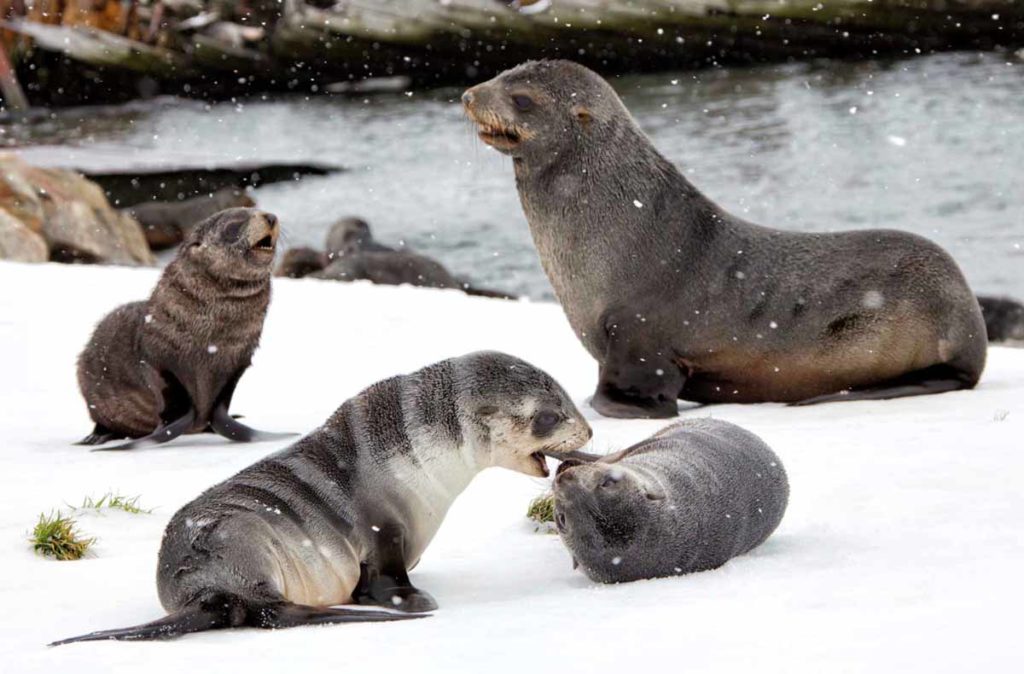
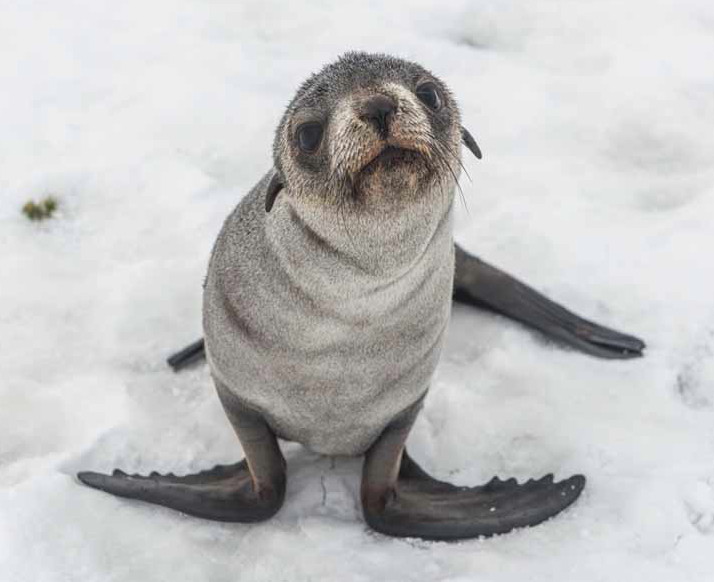
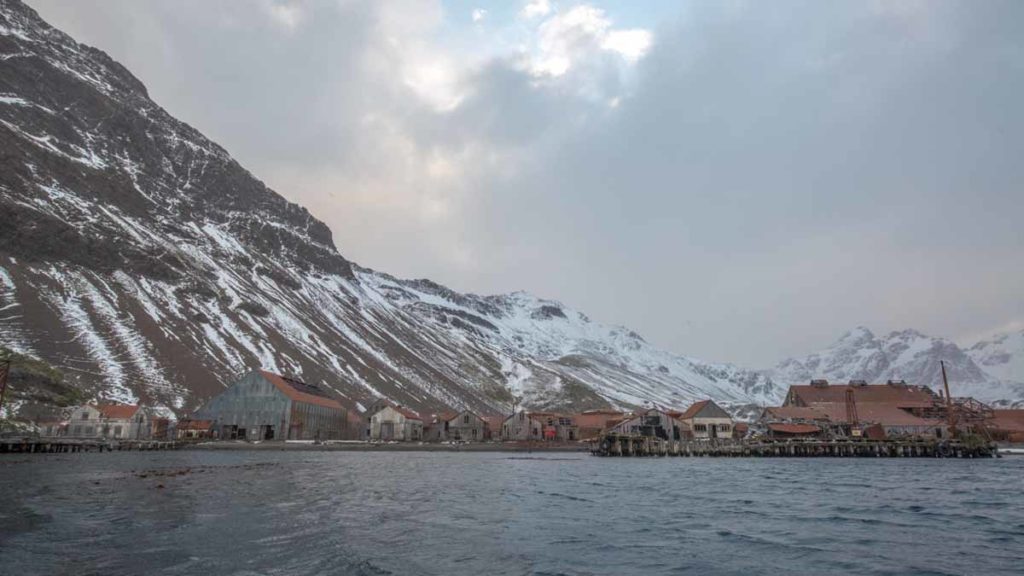
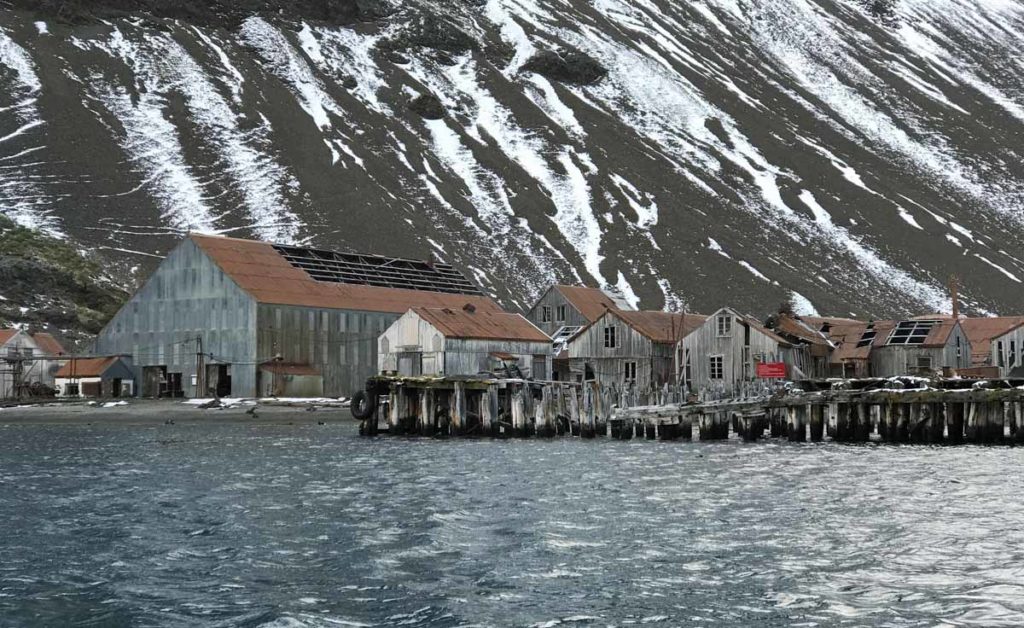
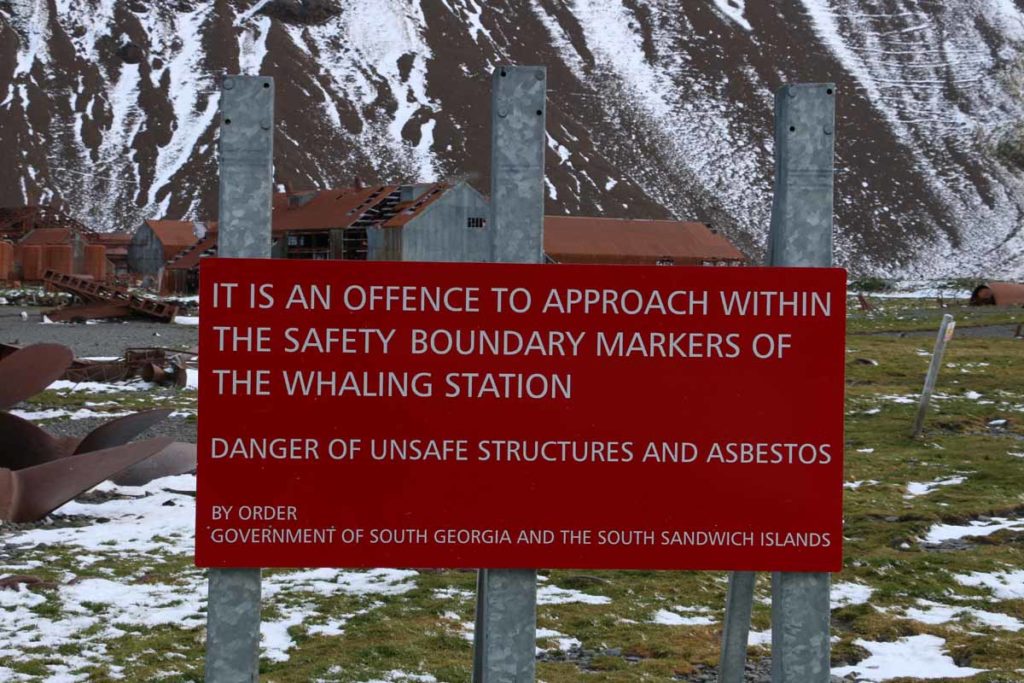
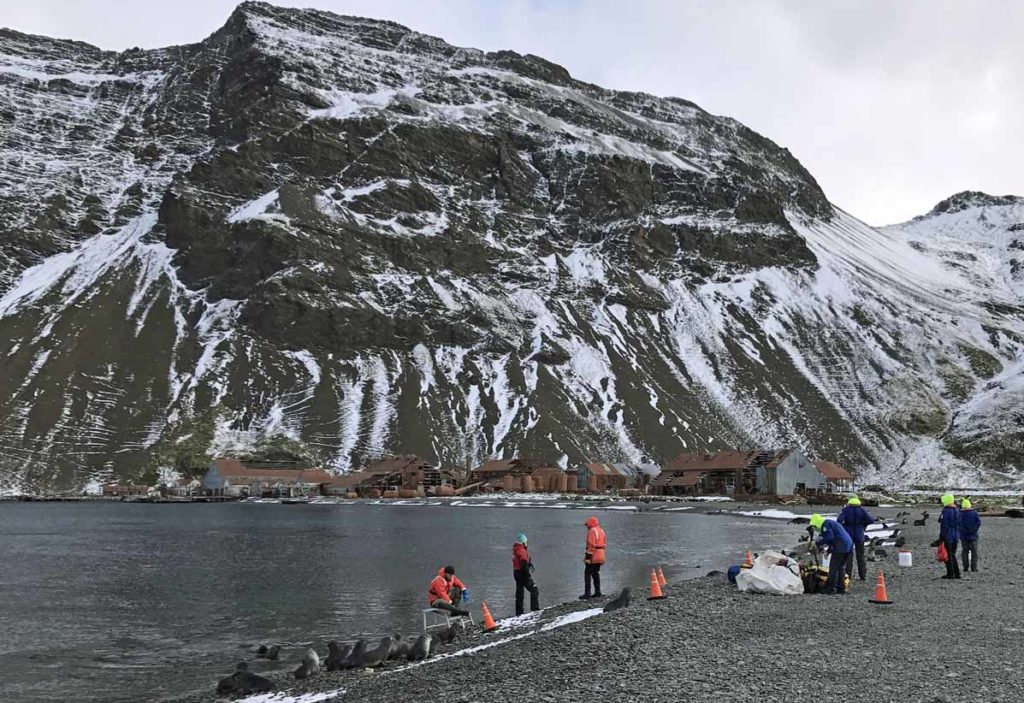
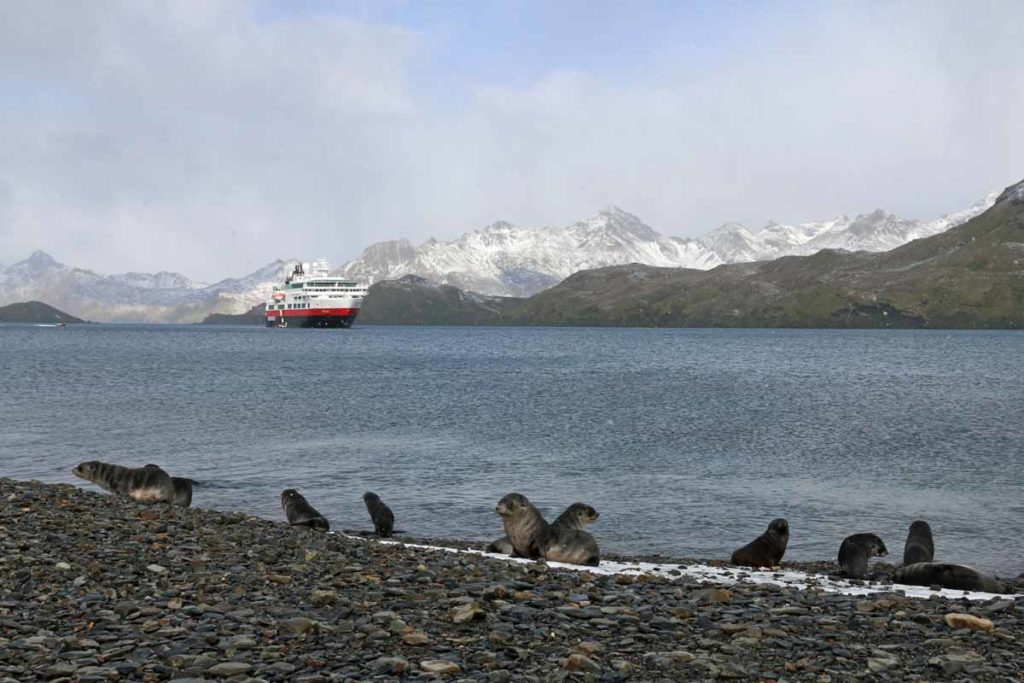
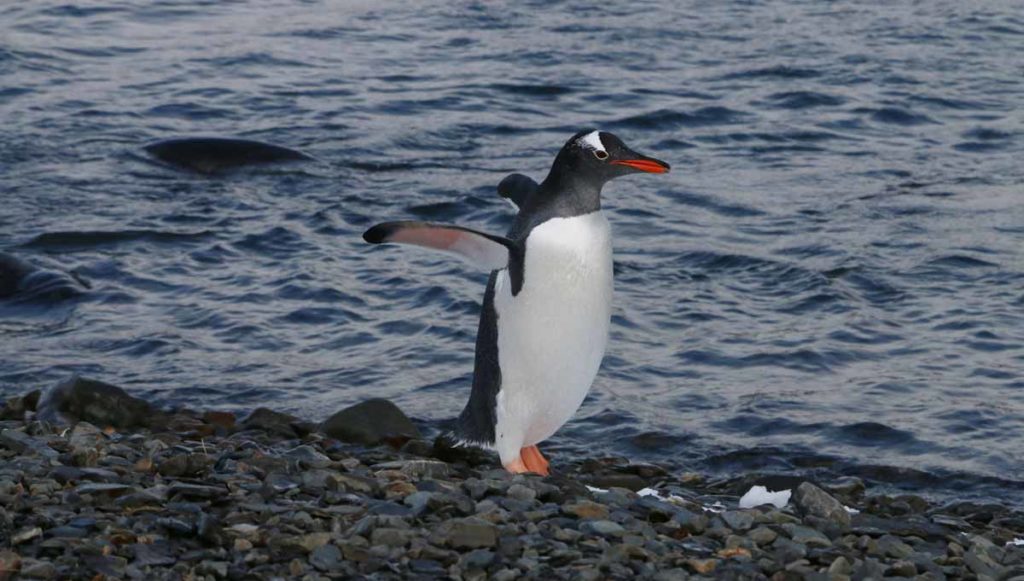
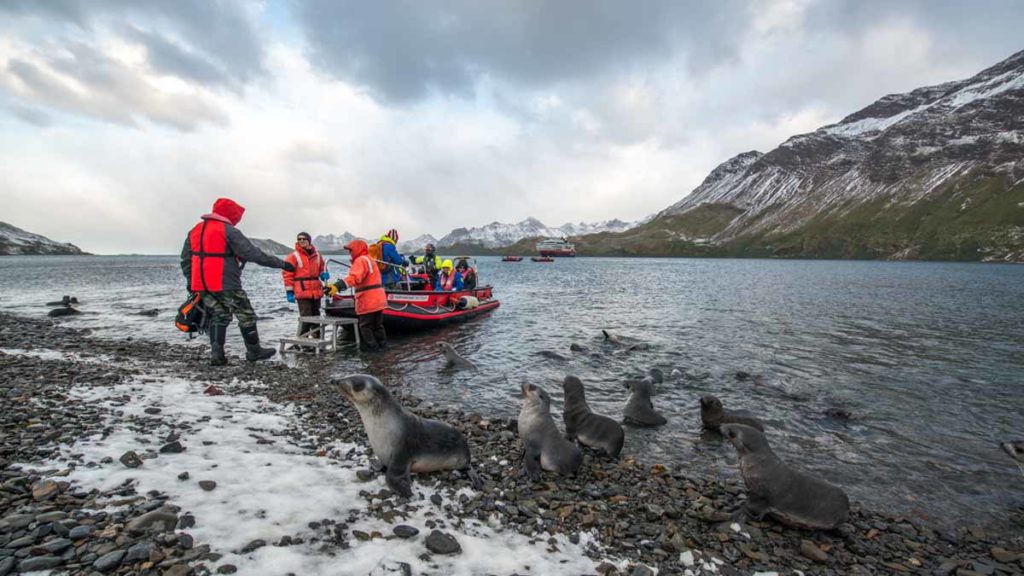
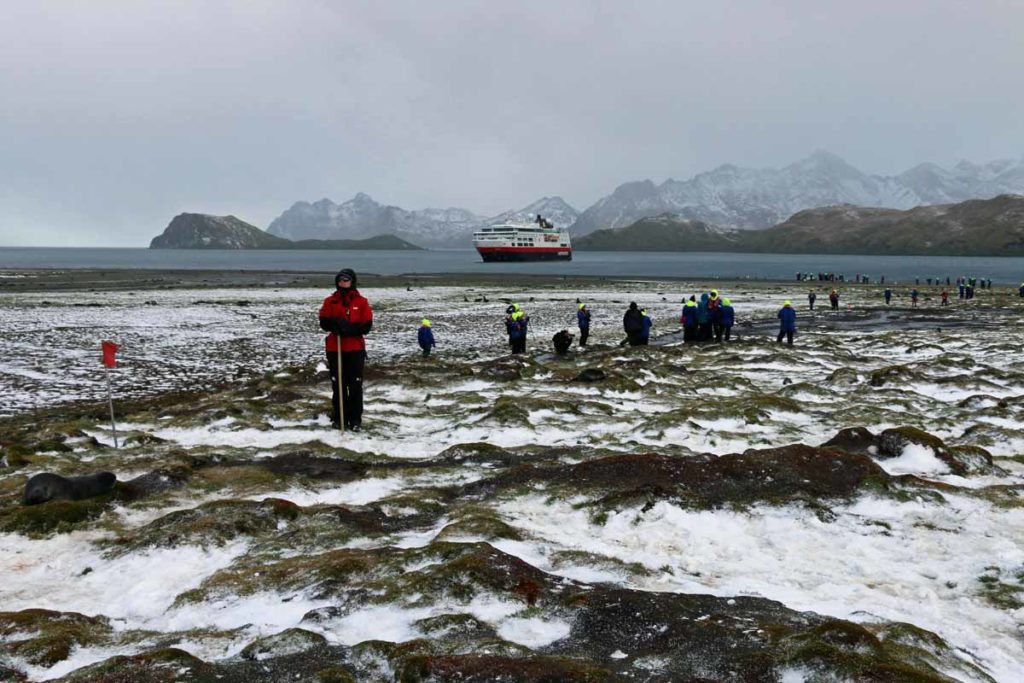
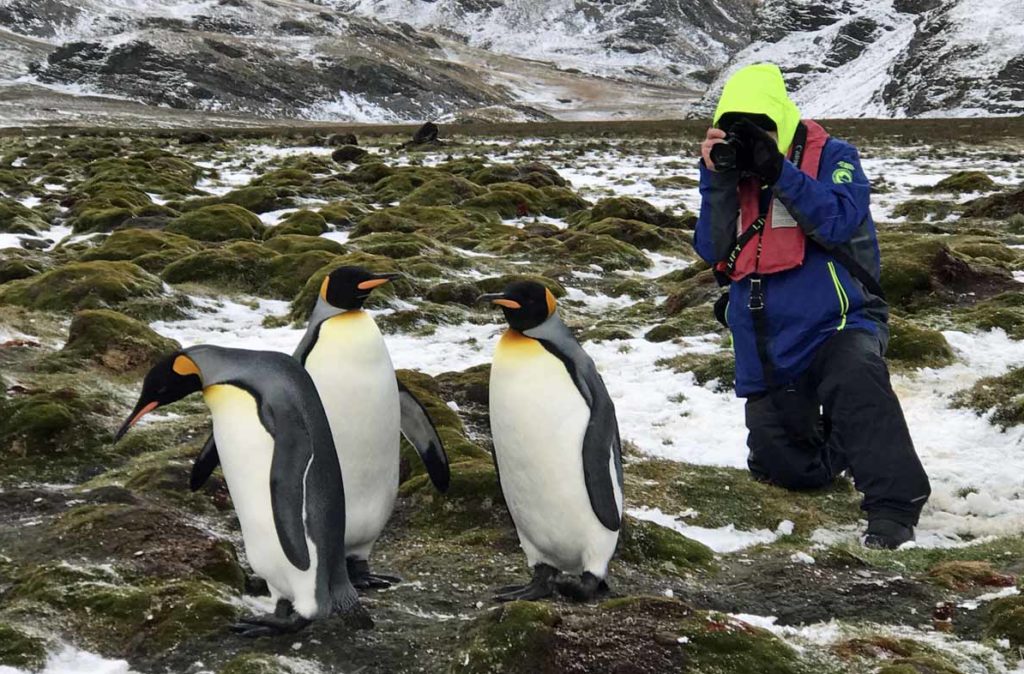
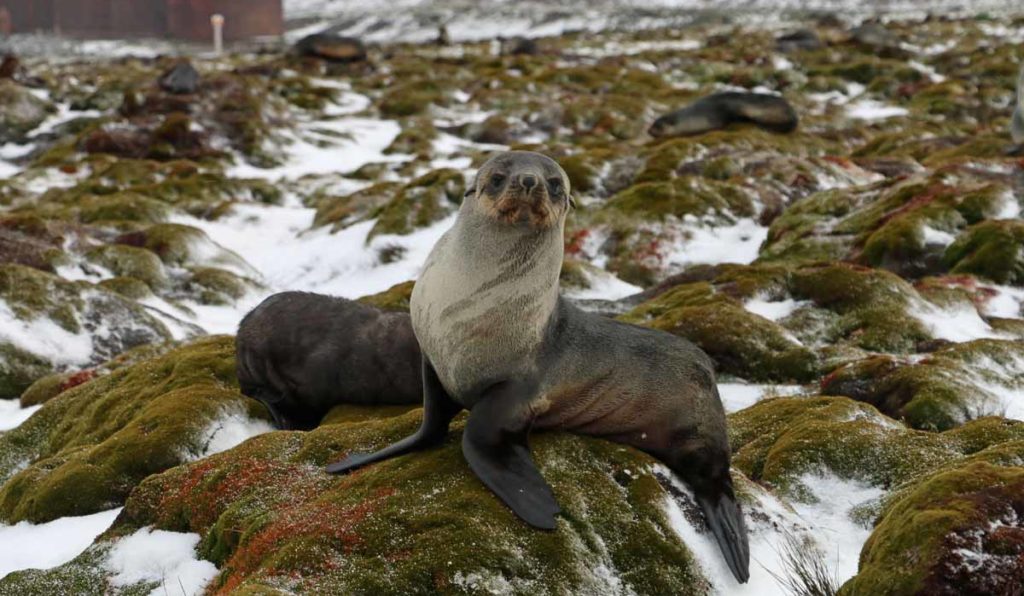
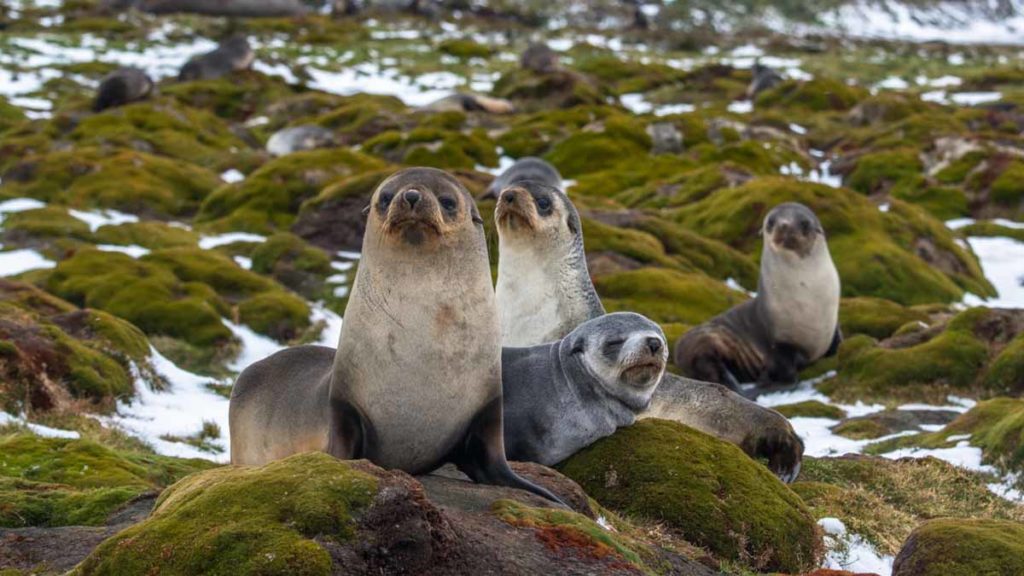
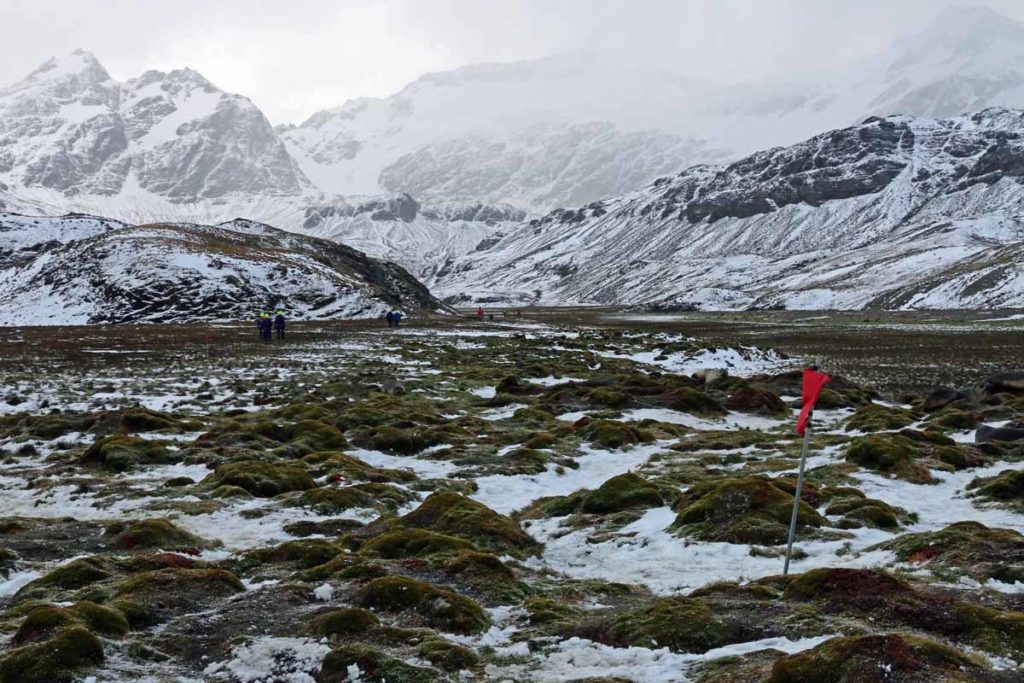
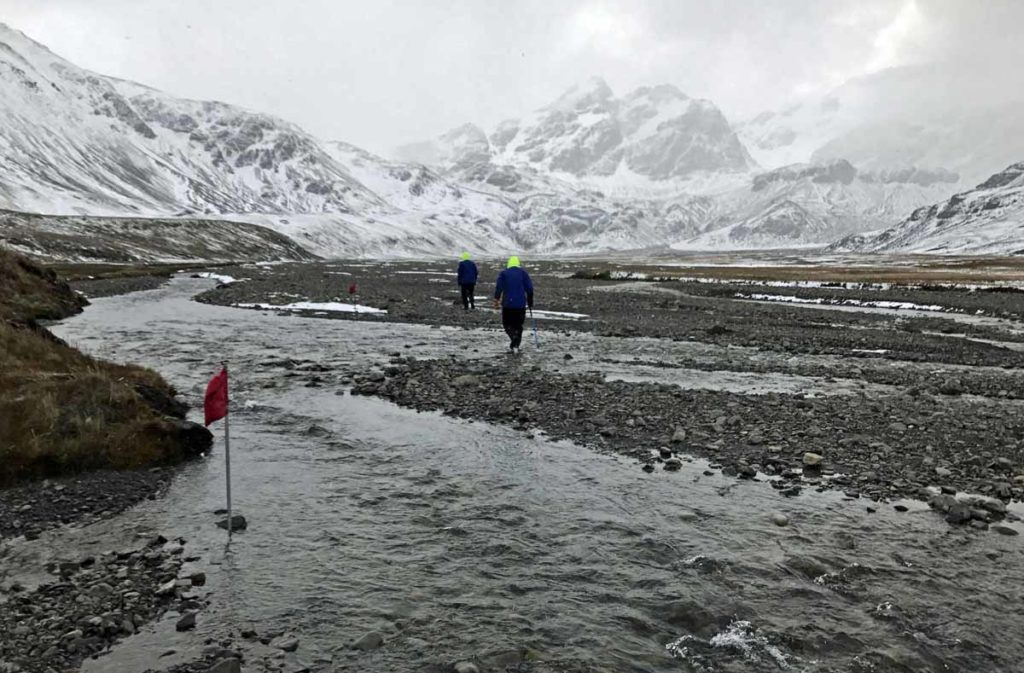
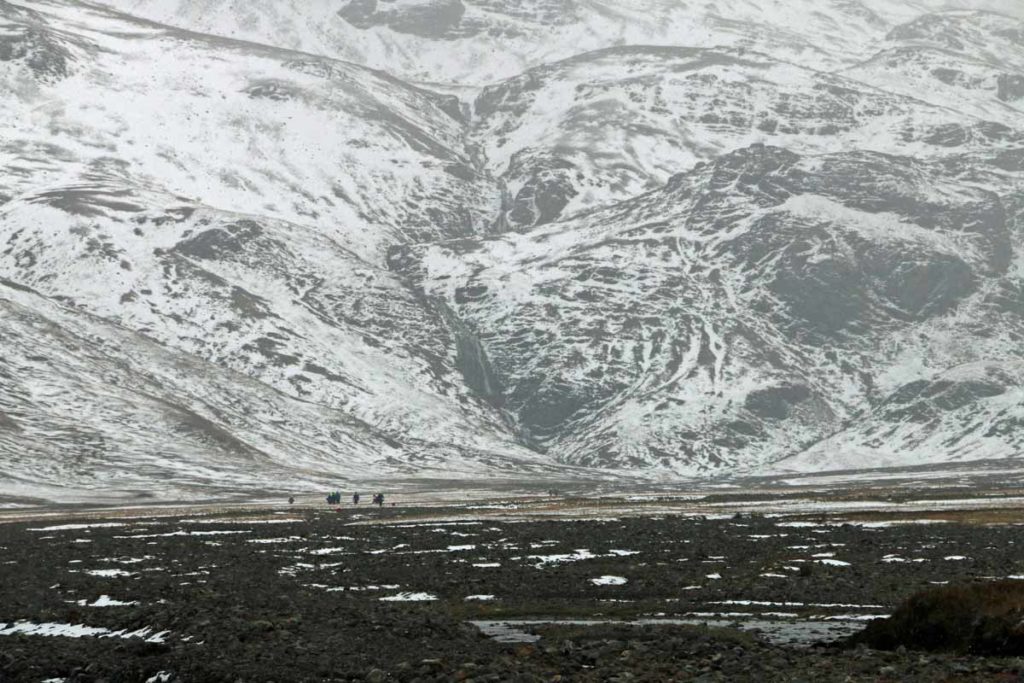
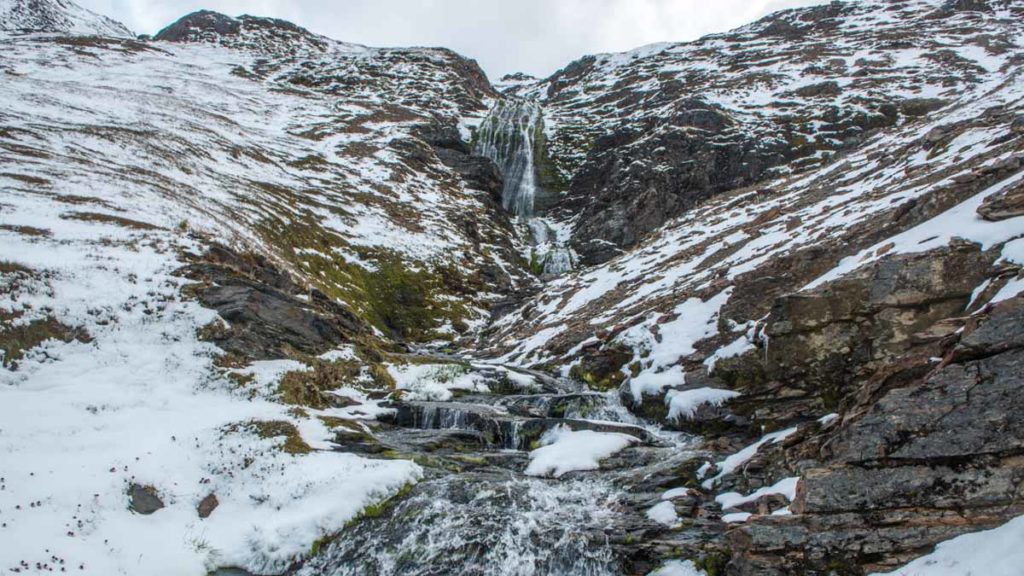
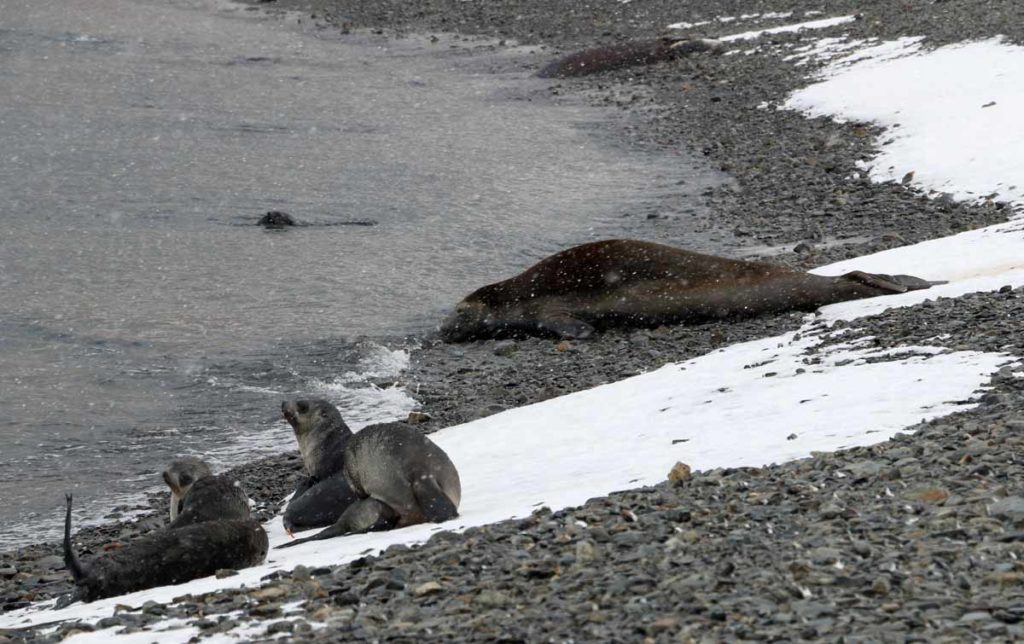
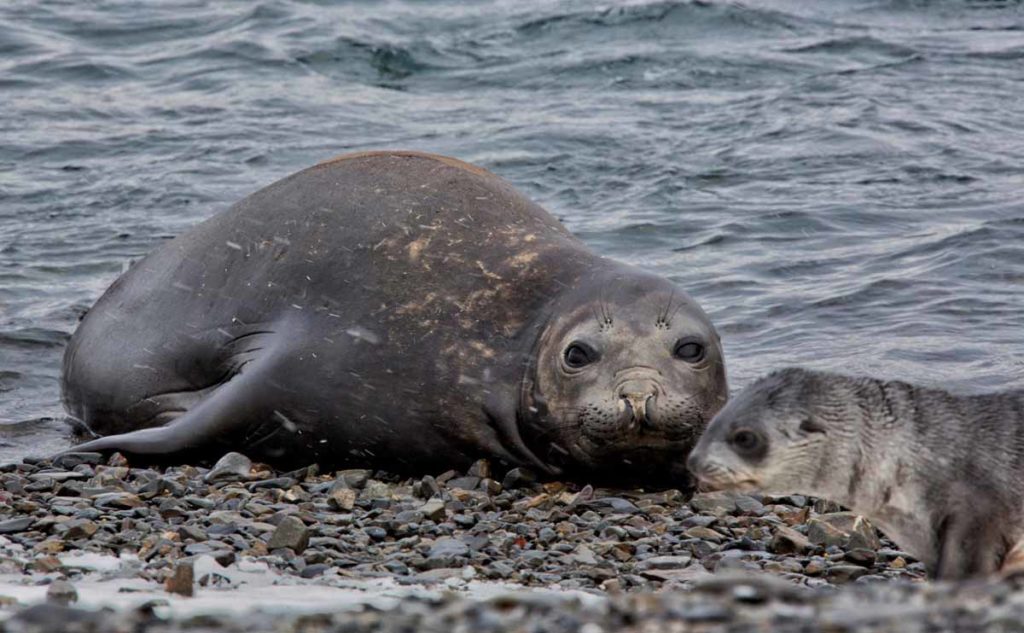
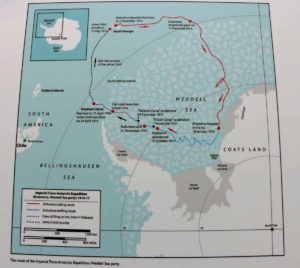
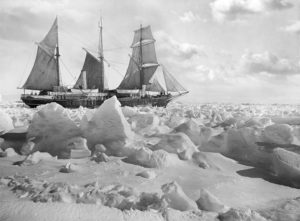
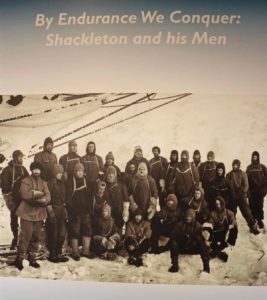
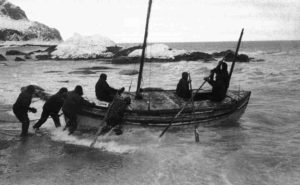
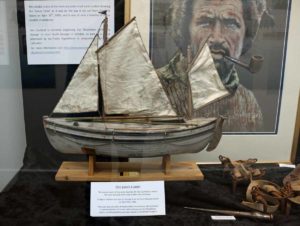
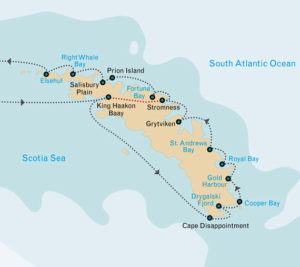
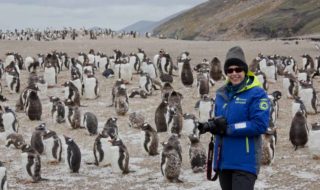
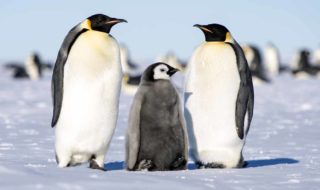
I loved the way you wrote about Shackleton’s expedition and the modern day replicated journey shown on PBS. Reliving Elephant Island and So. Georgia Is. highlights was very emotional as I thrilled to the amazing wildlife experience both in 2007 and your account. Thank you! Definitely include So. Georgia Is. if you’re thinking of Antarctica, viewers. You’ll be glad you spent the additional money and time….the trip experience of a lifetime !
Sandy Long
Thanks so much, Sandy. Glad you enjoyed! It’s so fun to share the journey with a fellow traveler whose been lucky enough to have visited South Georgia – and a full 10 years before my trip.
I had seen the PBS special on Shackleton – his story was with me for days. It is an amazing story of courage and endurance beyond anything I could imagine surviving myself. This is one trip I could never take because I would have been so sea sick so traveling with you was the only way I could experience this daunting part of the world. Thank you Janet for a unique trip
Thank you, Nancy & you’re most welcome! I second your beautiful, heartfelt words about Shackleton – his journey really was amazing. I’m glad you could vicariously enjoy the trip to South Georgia Island from the comfort of home. It certainly is a long journey to get there – and over some pretty rough seas. I was so grateful for my Scopolamine patch that helped prevent seasickness for me. Worth every penny I spent for that prescription!